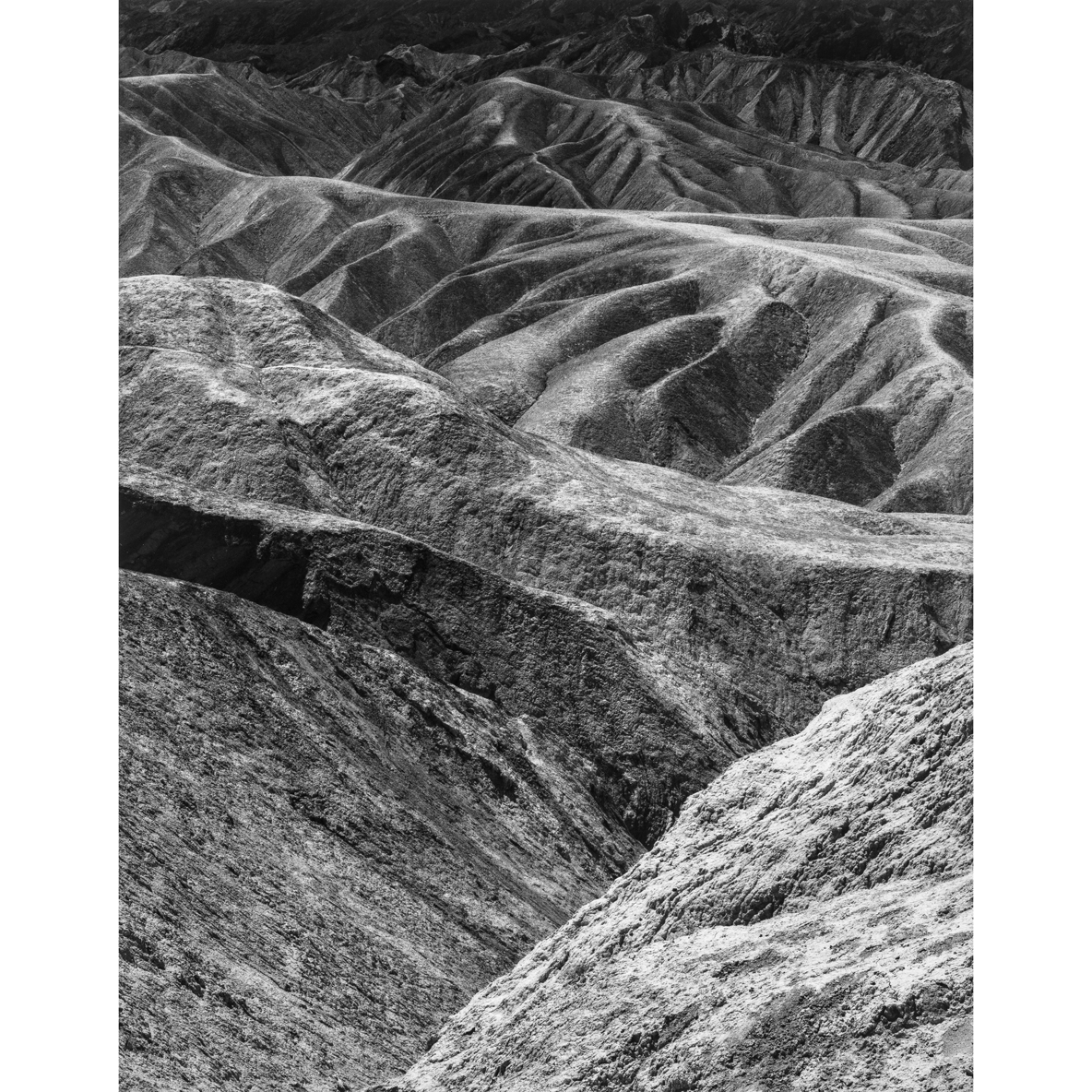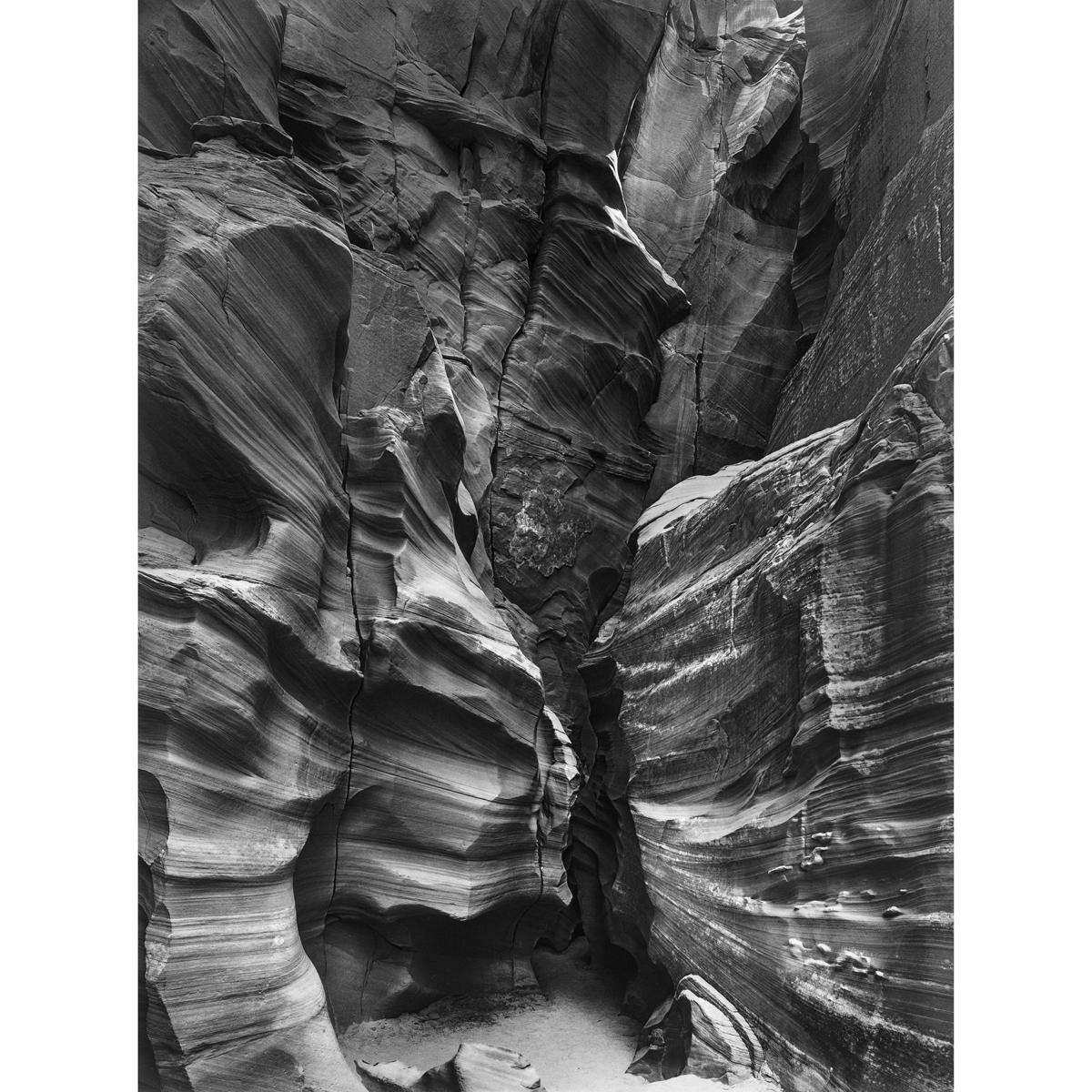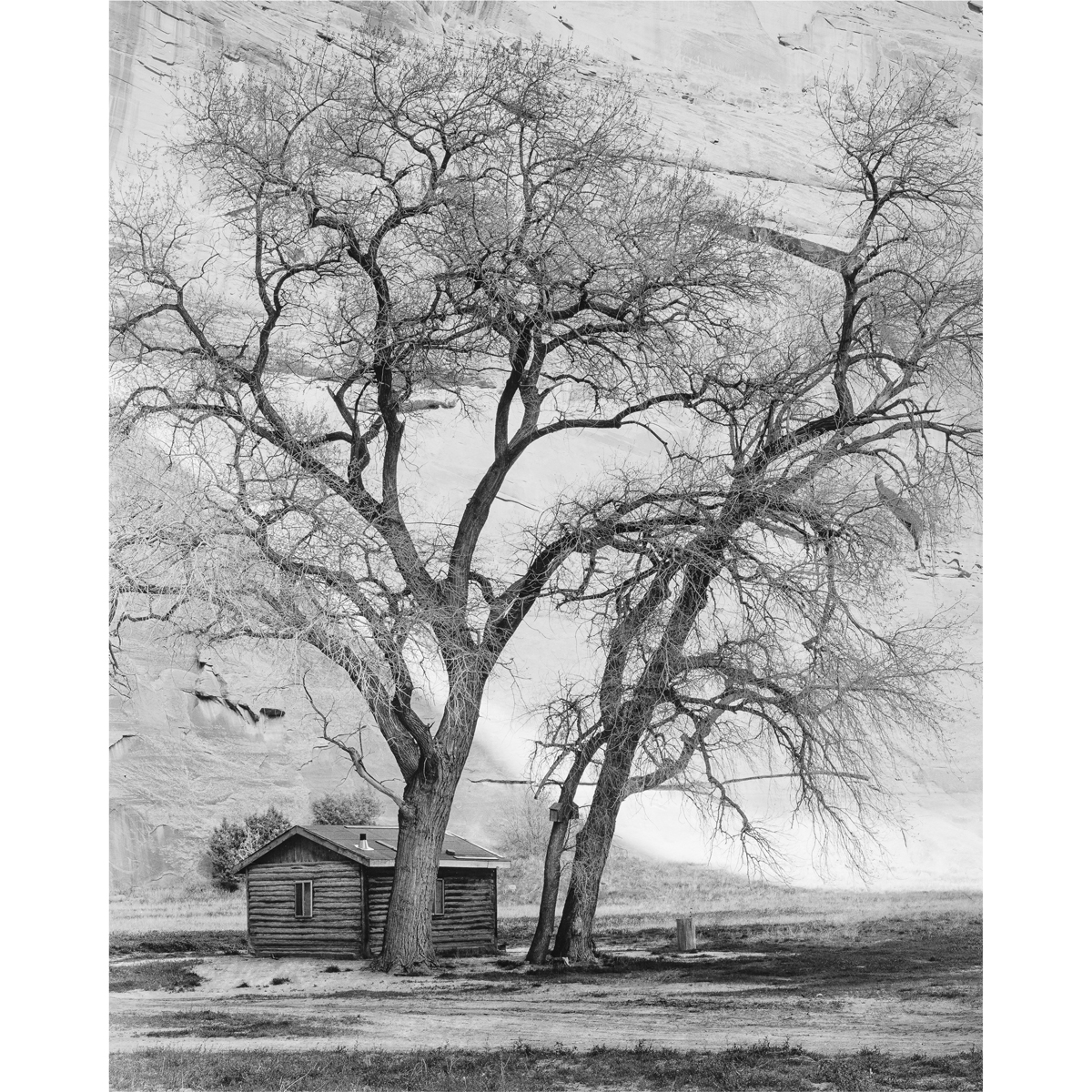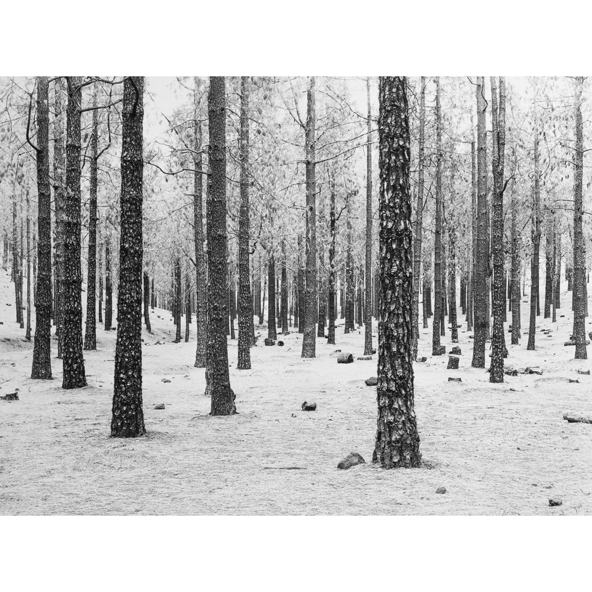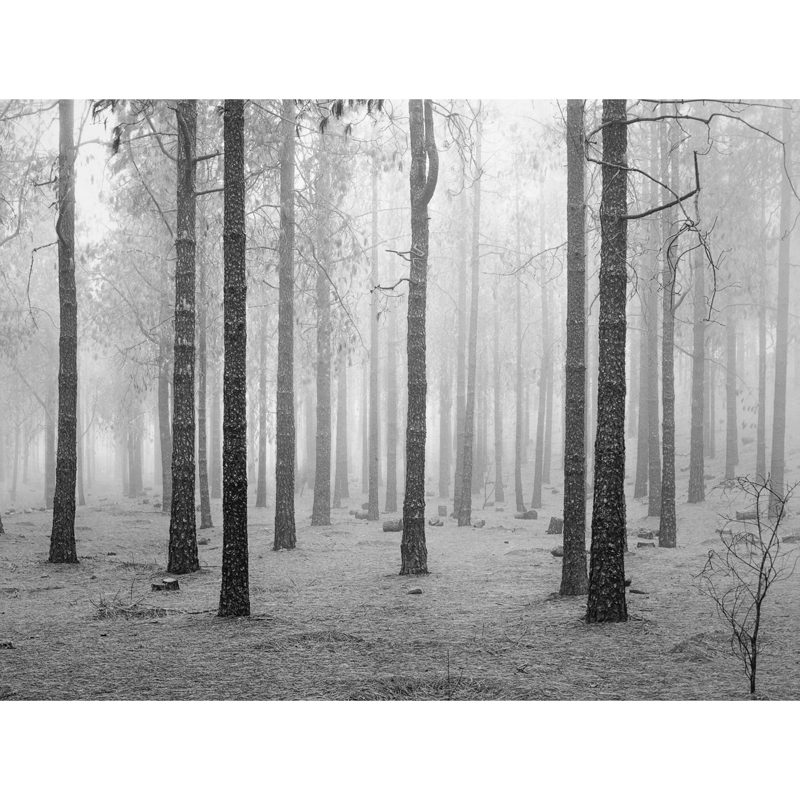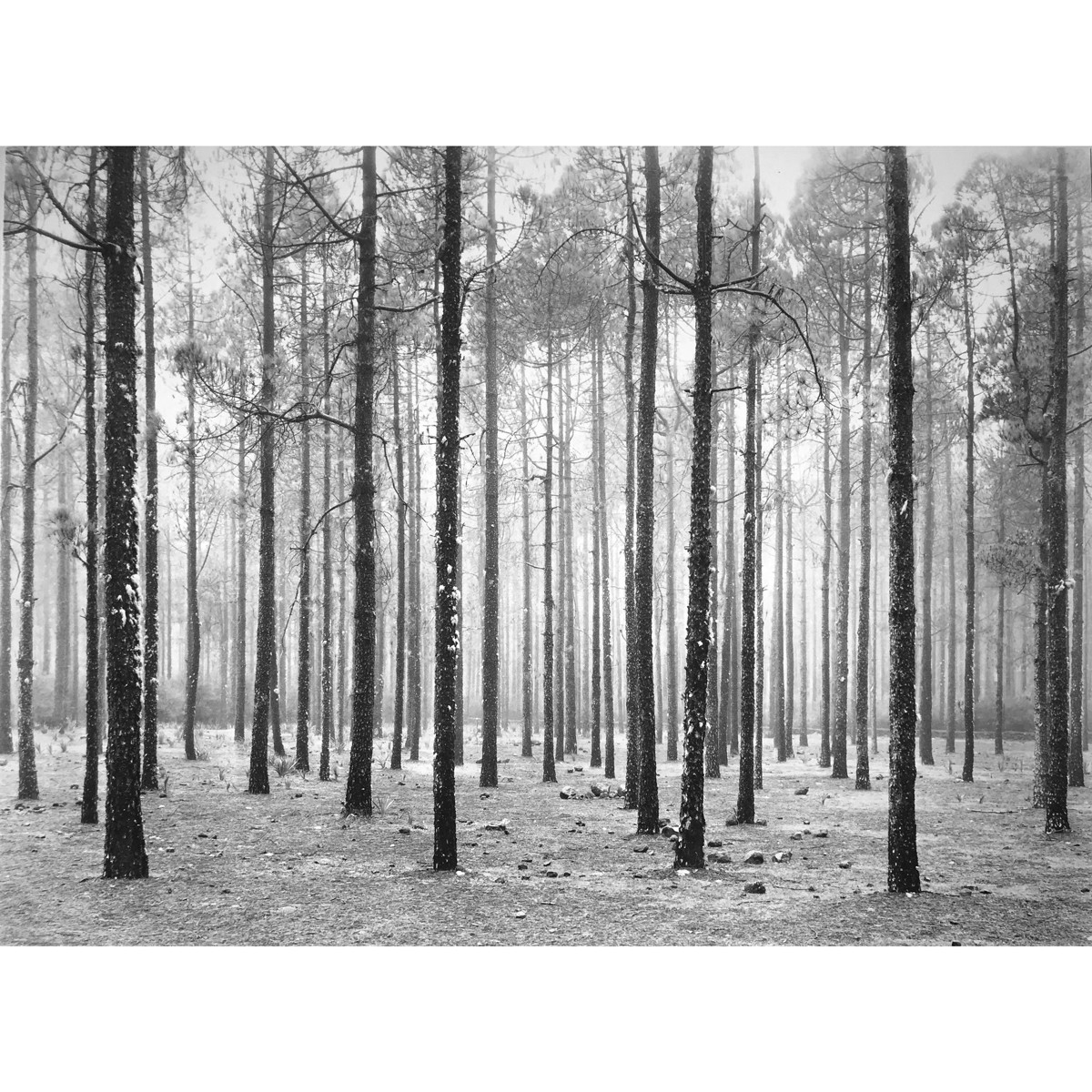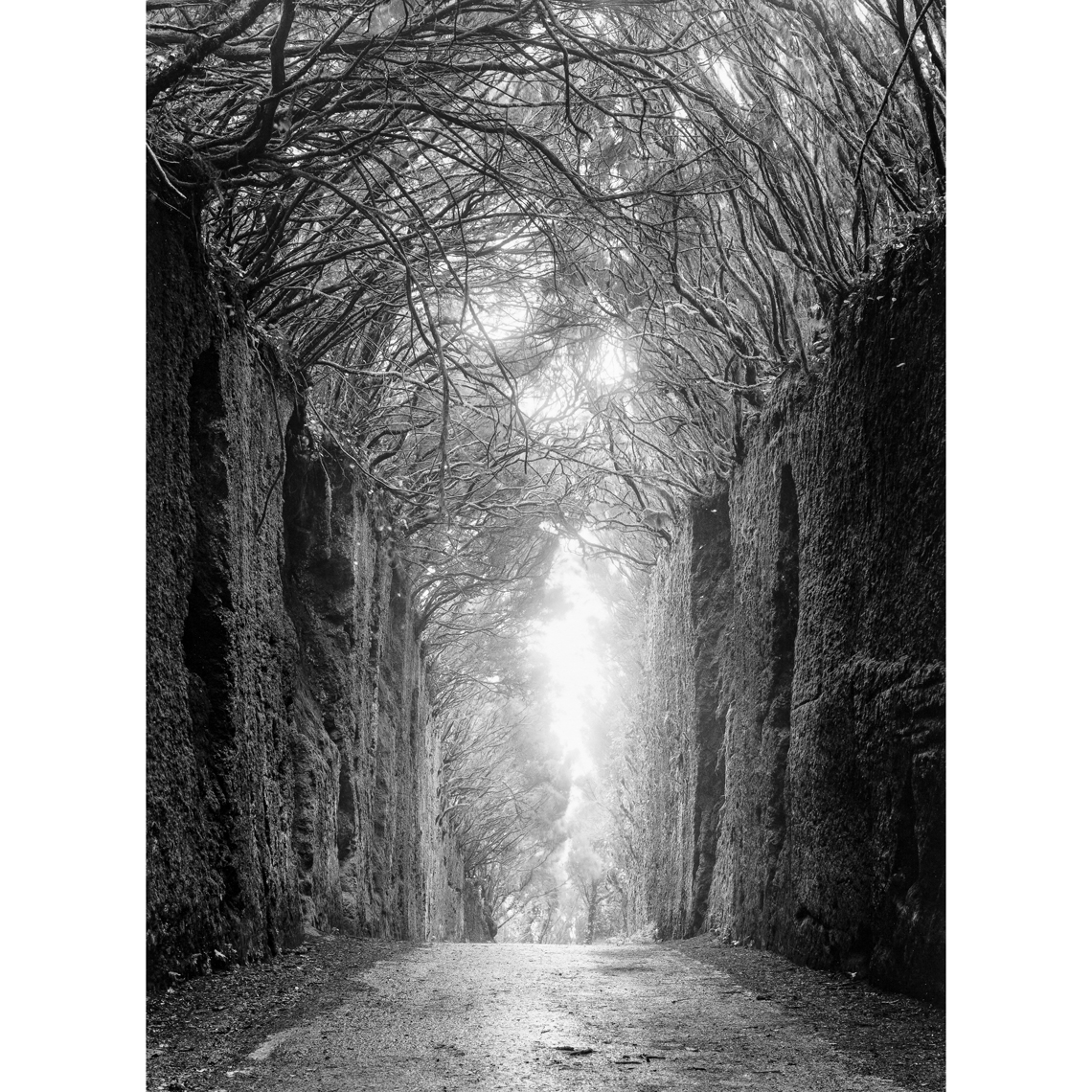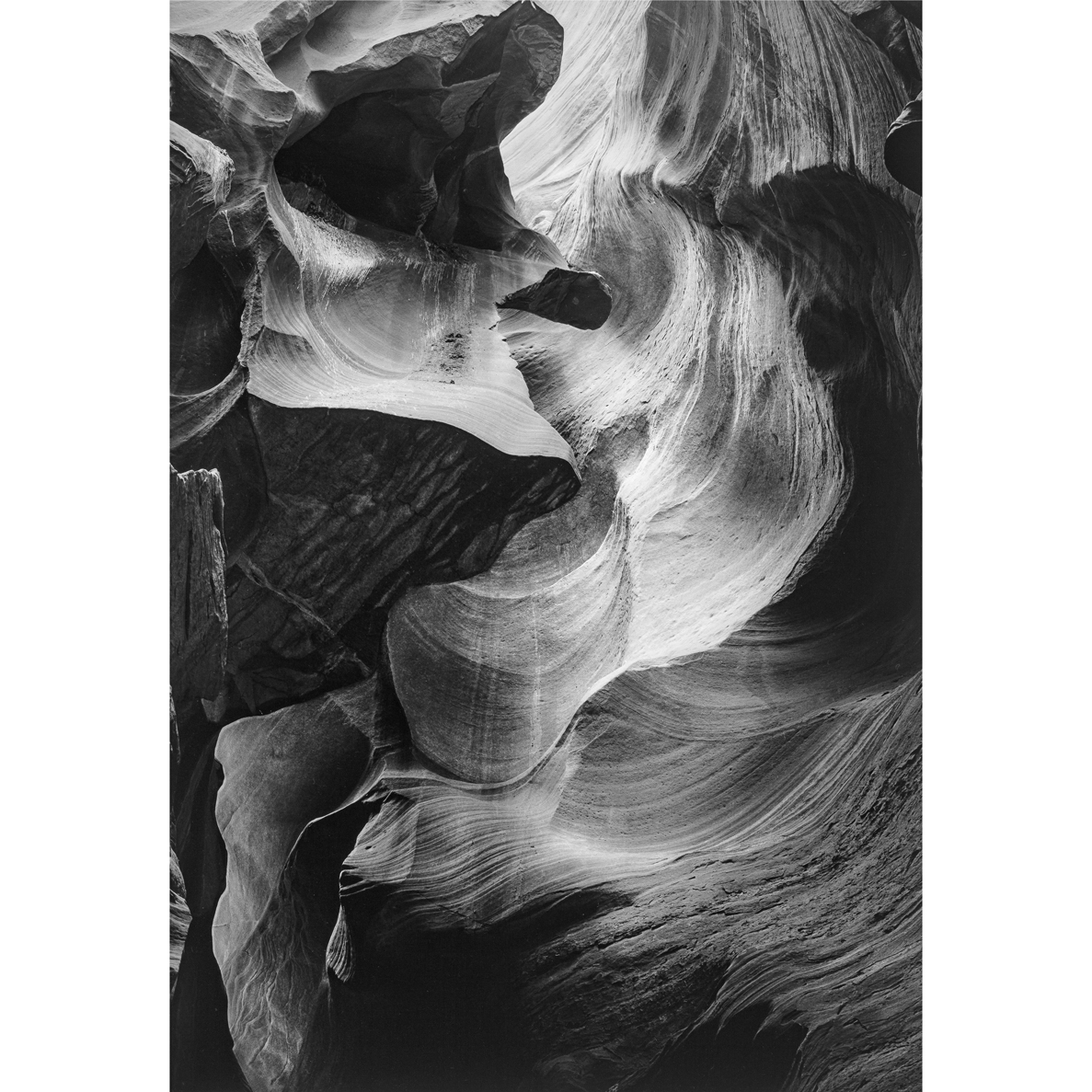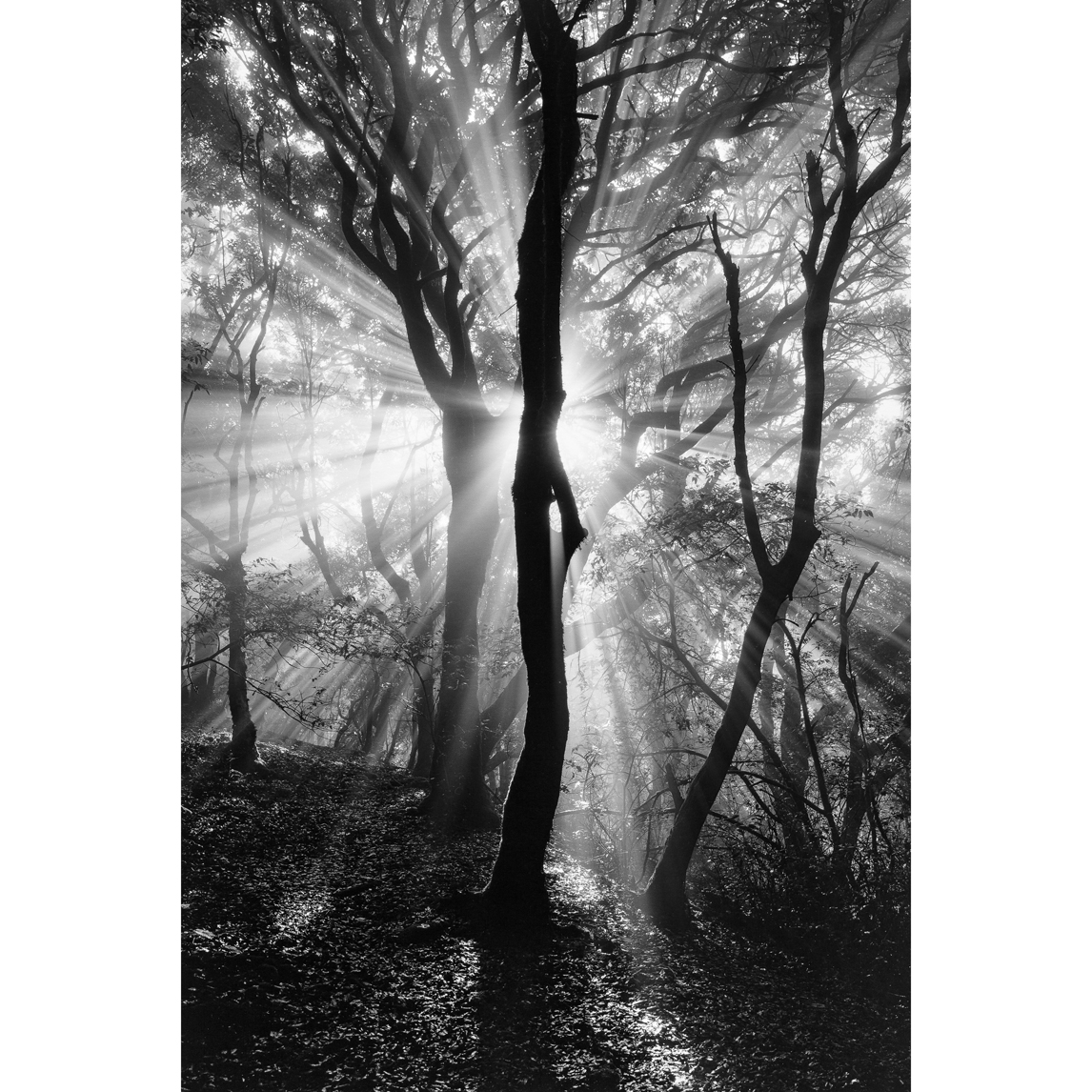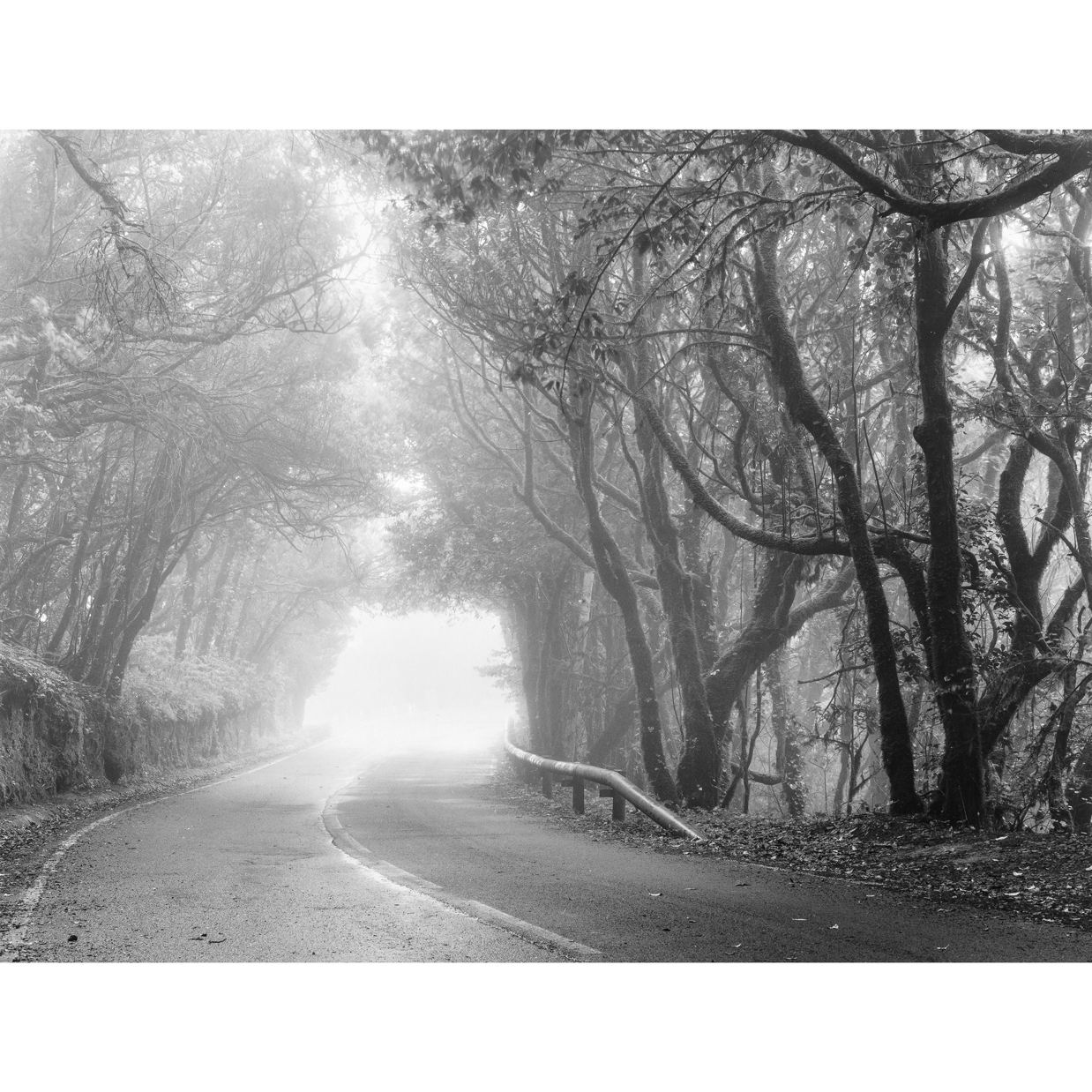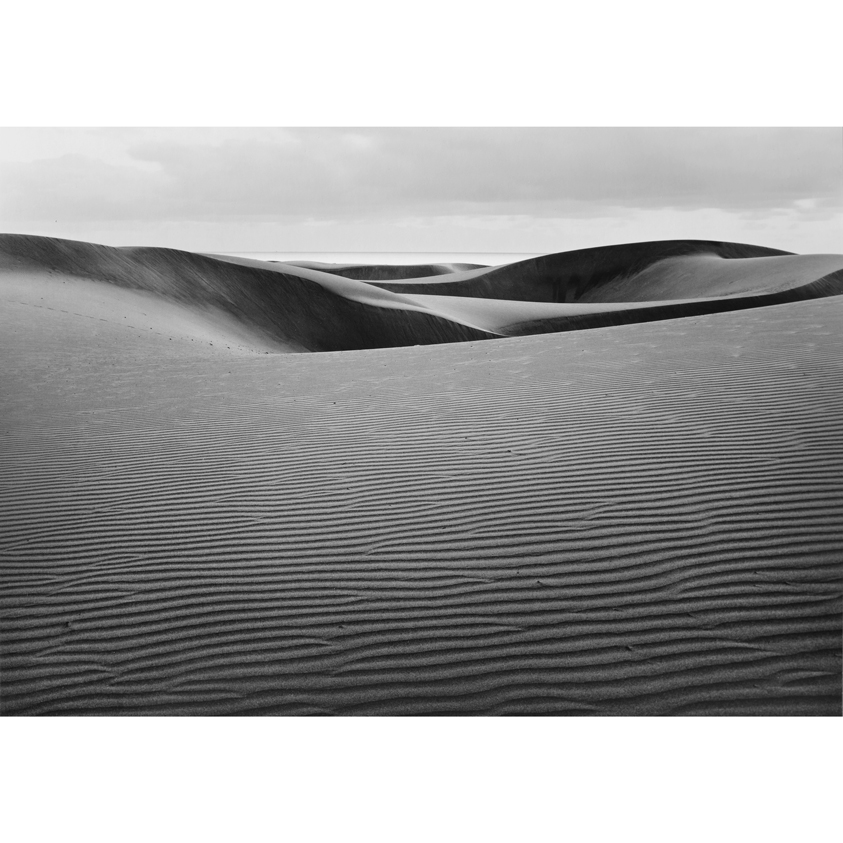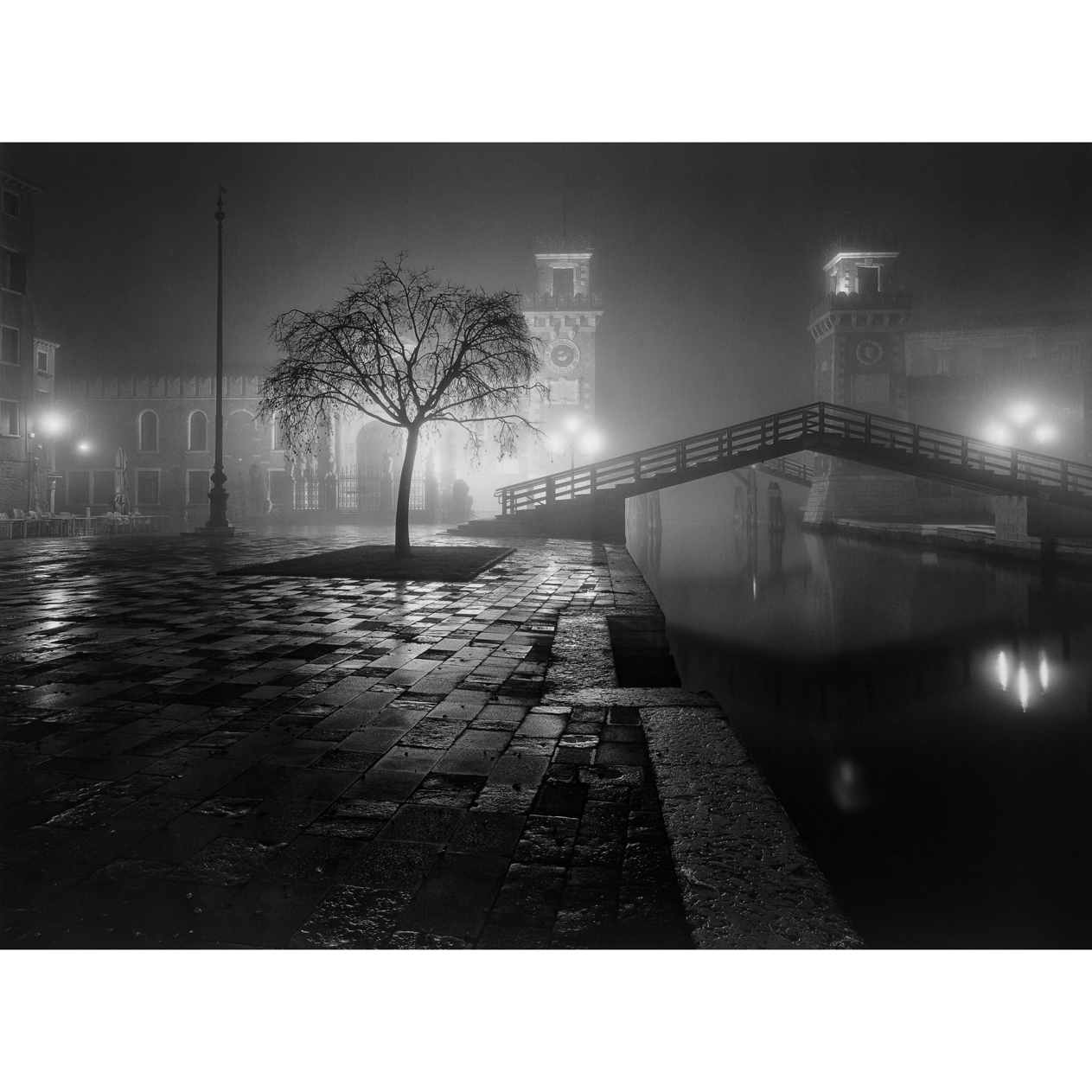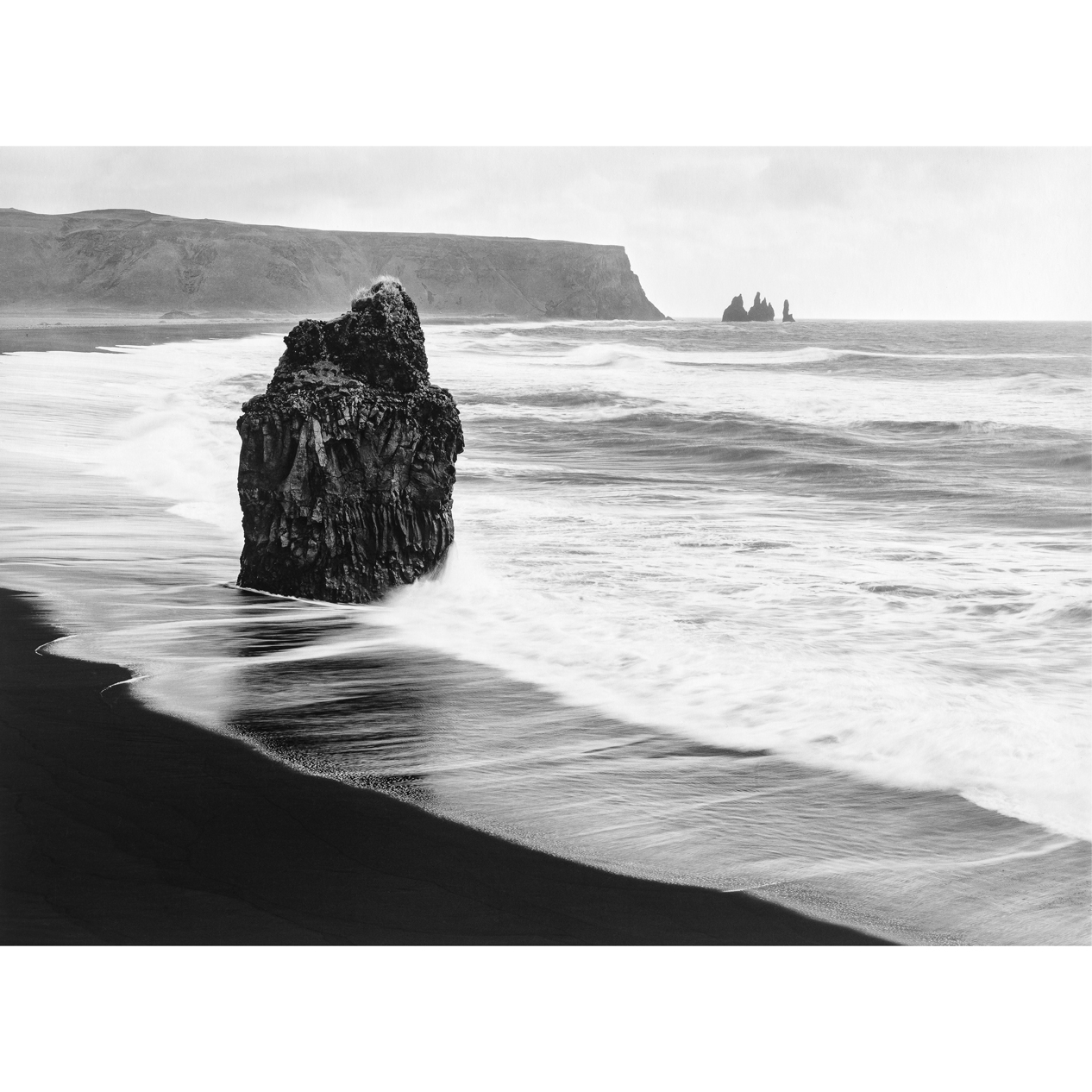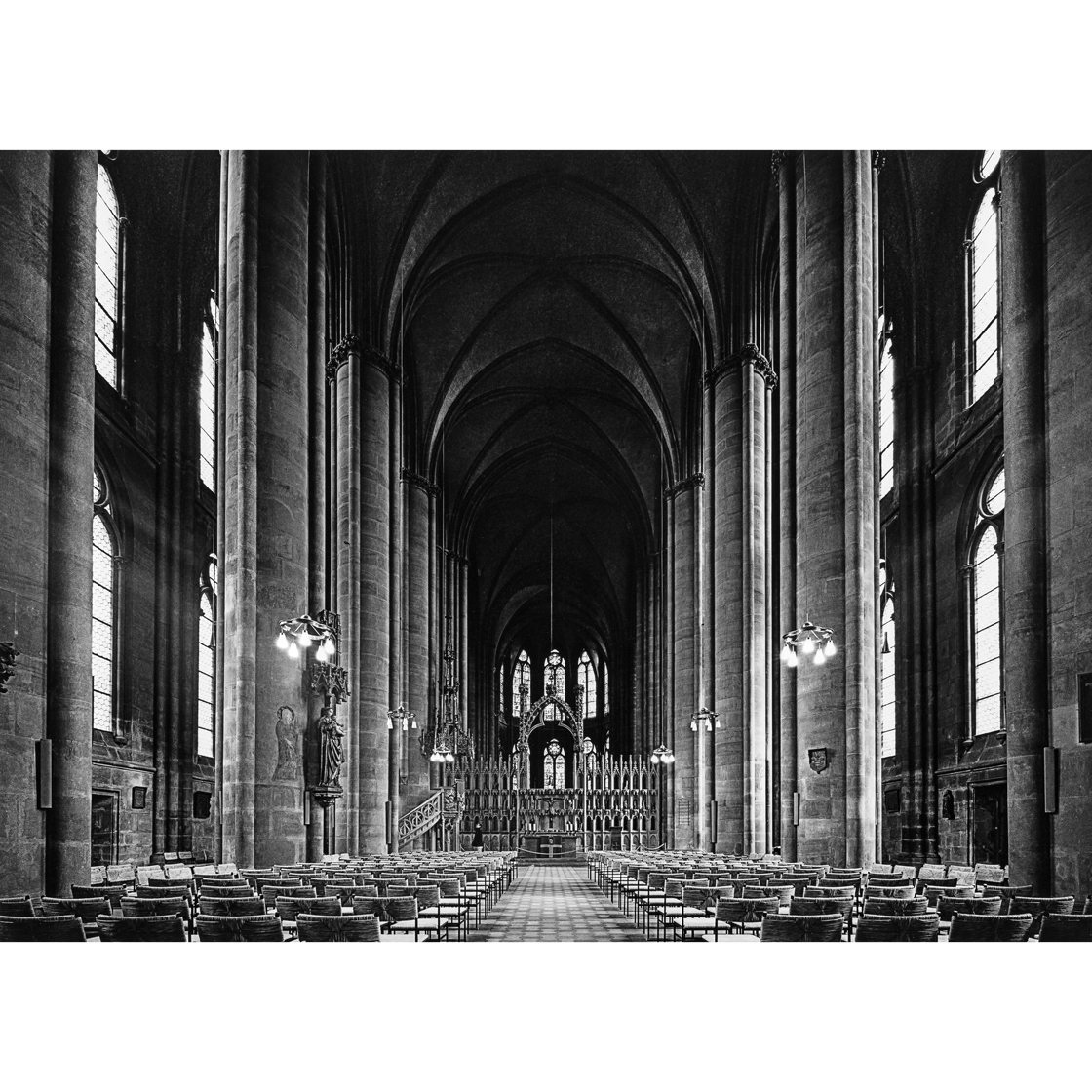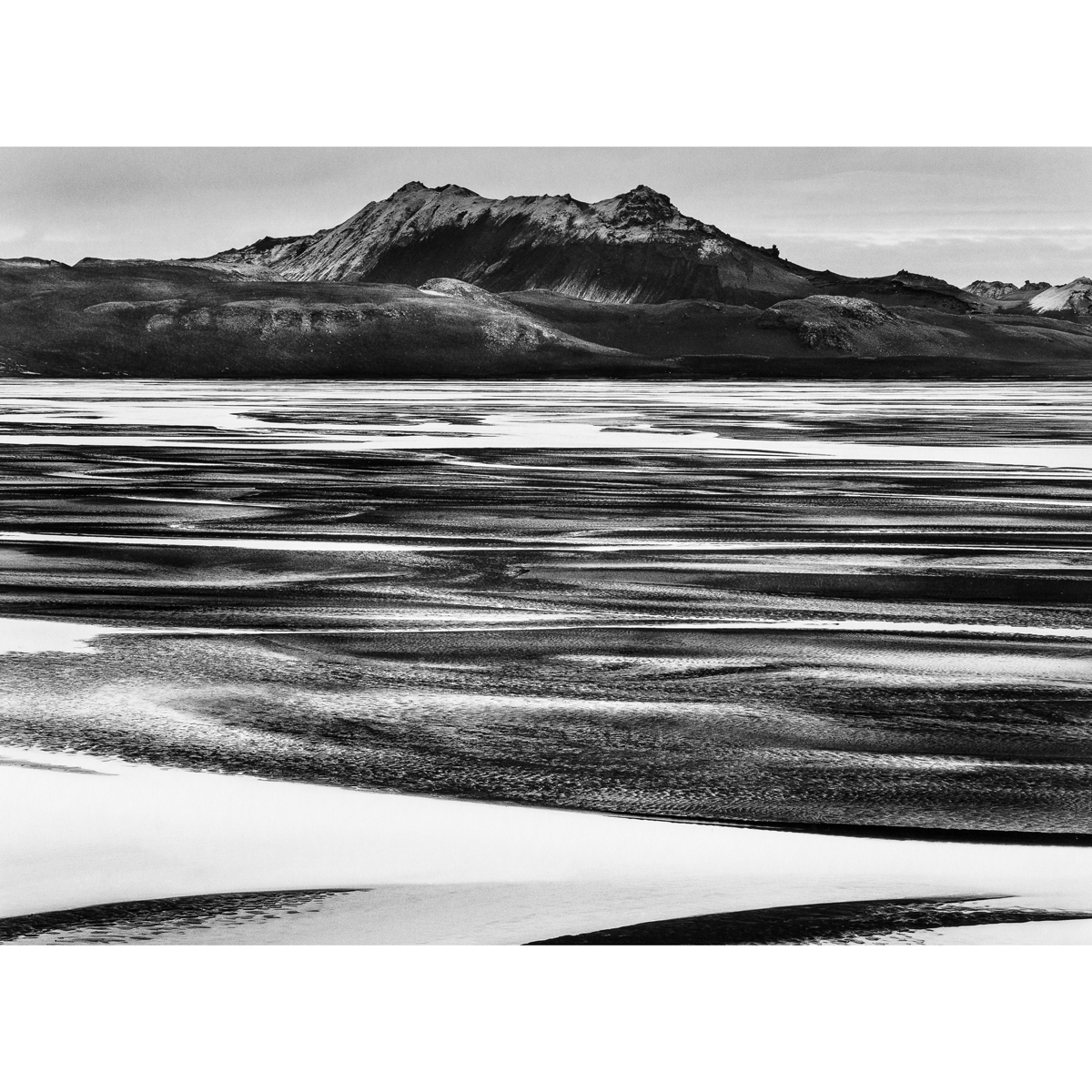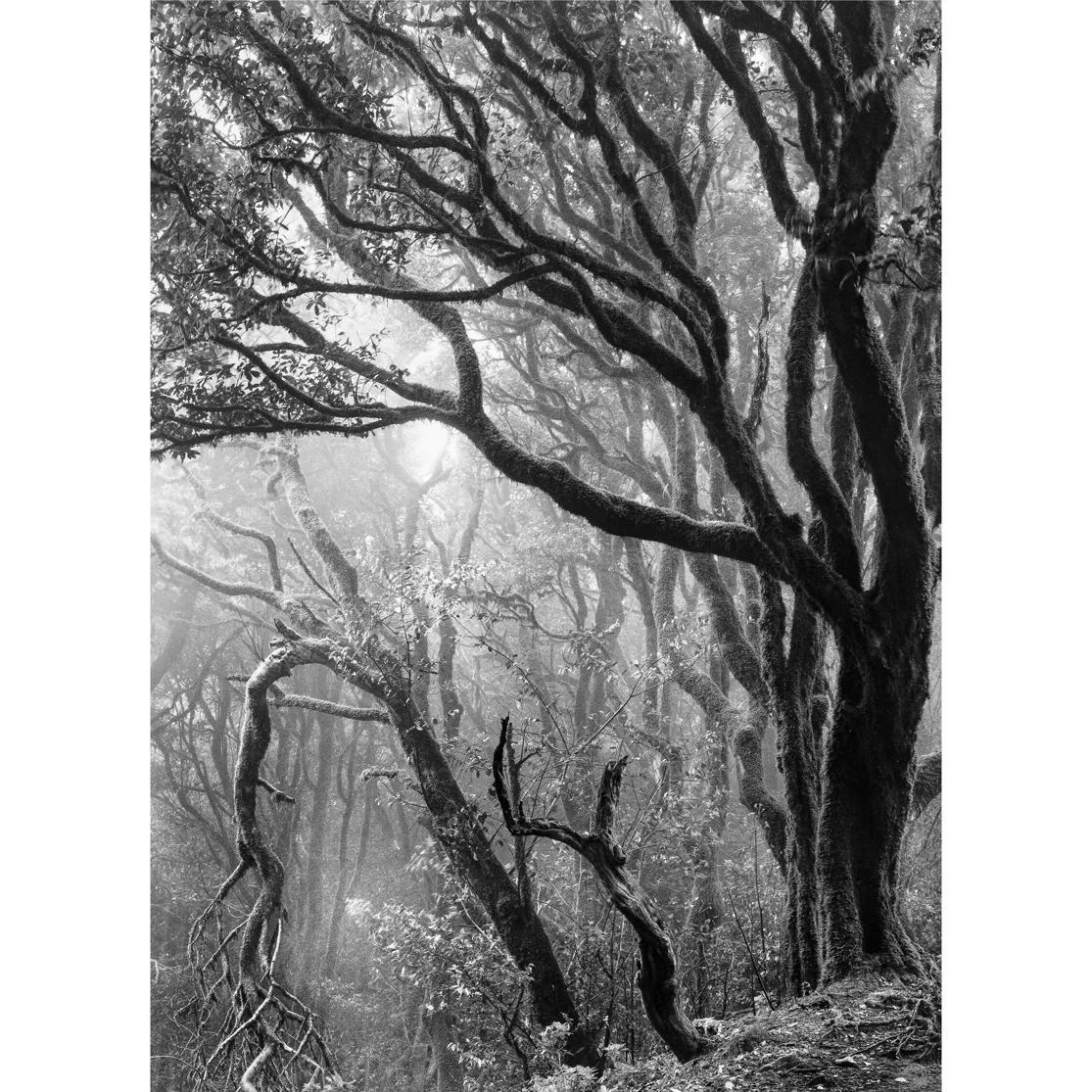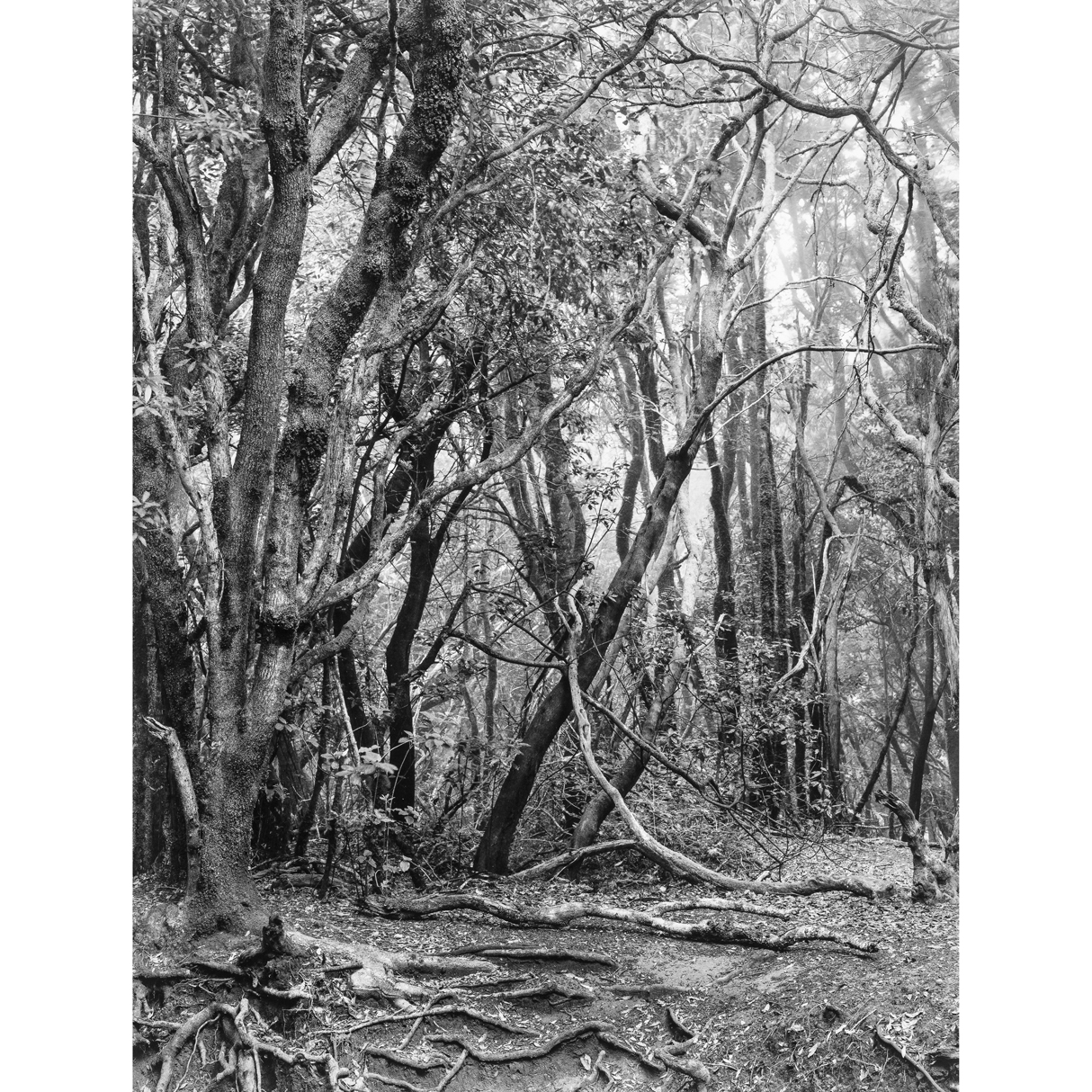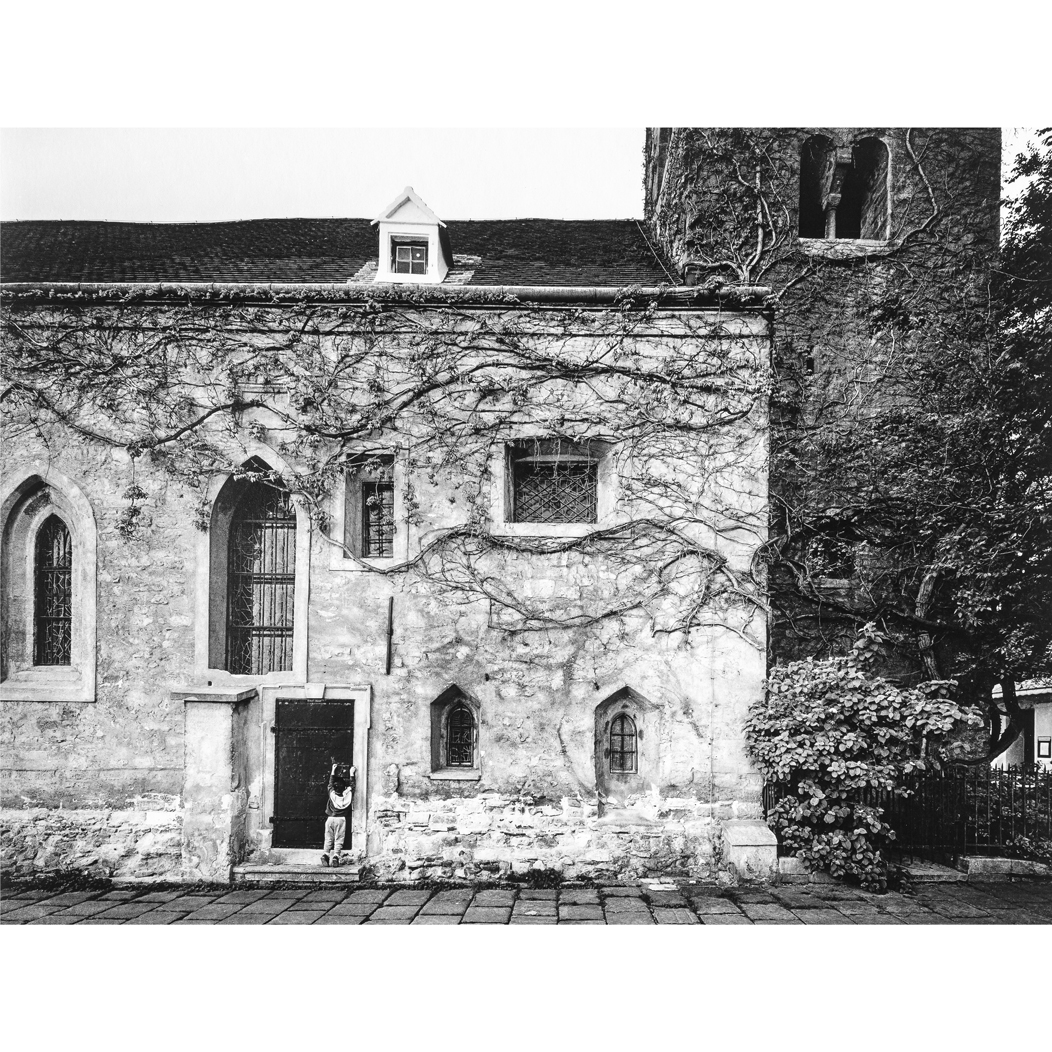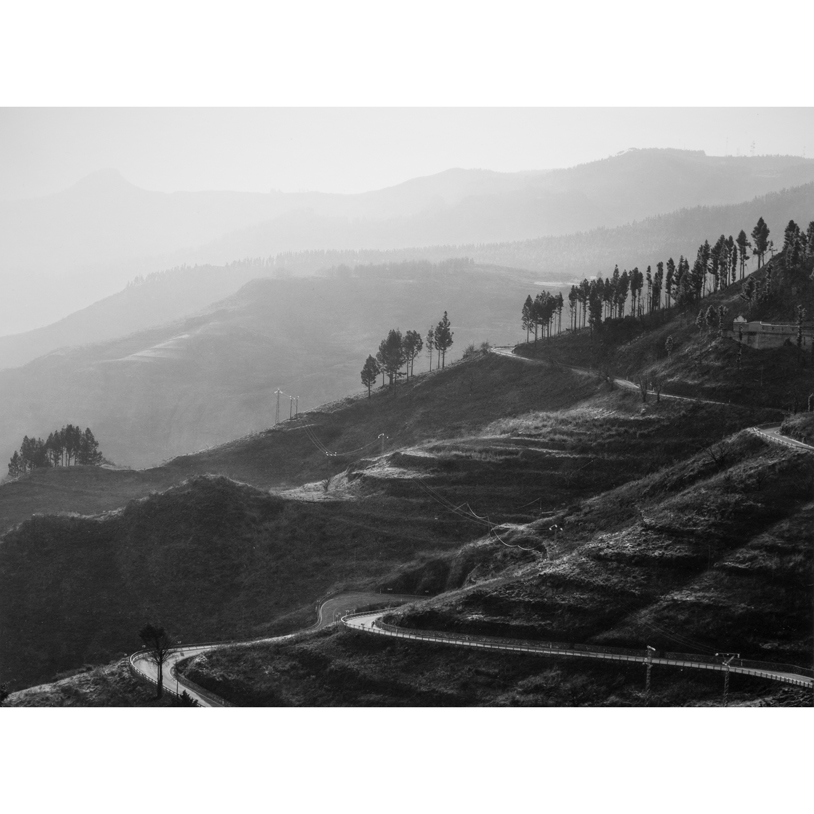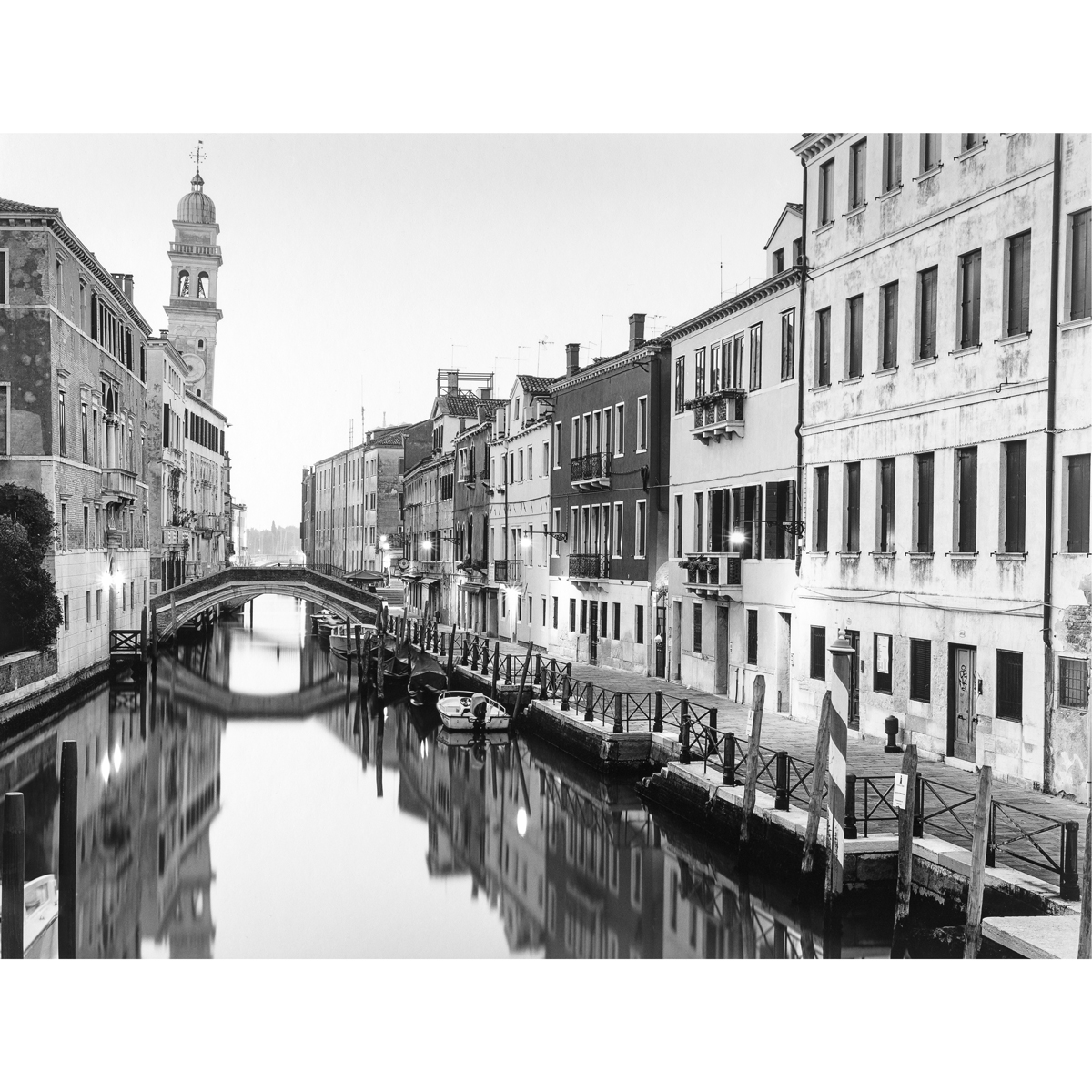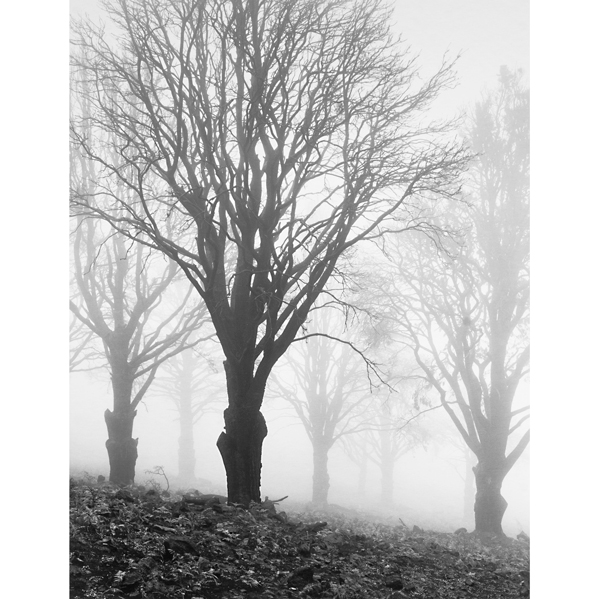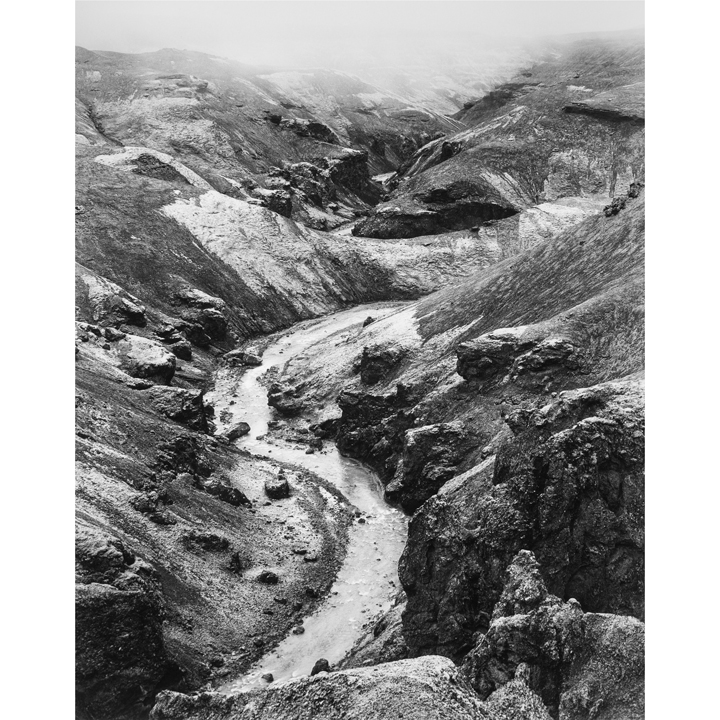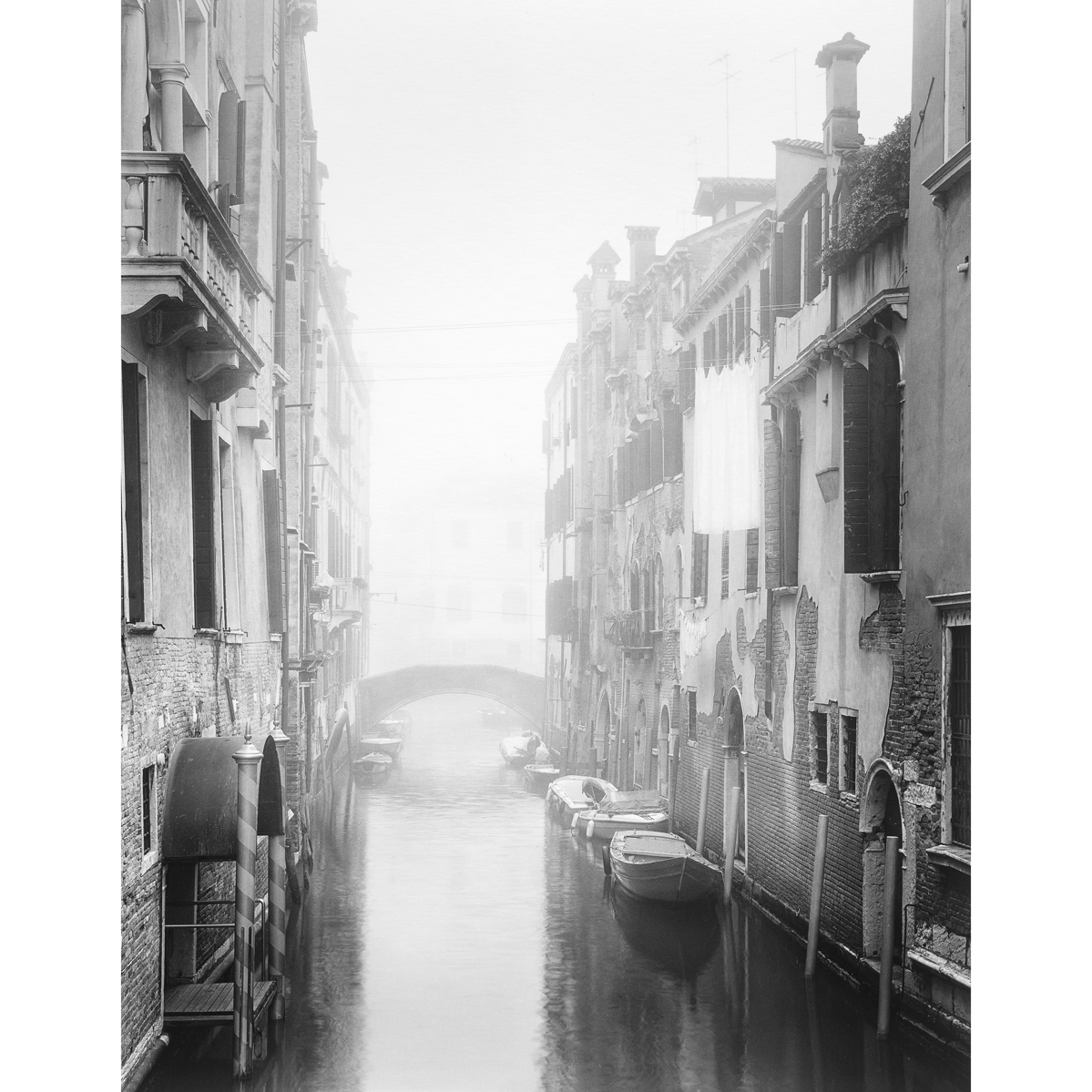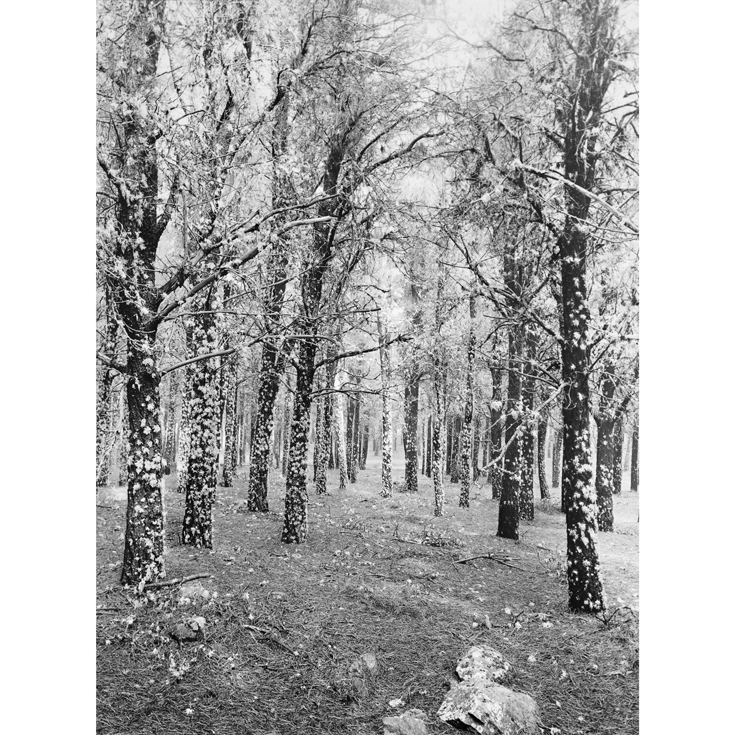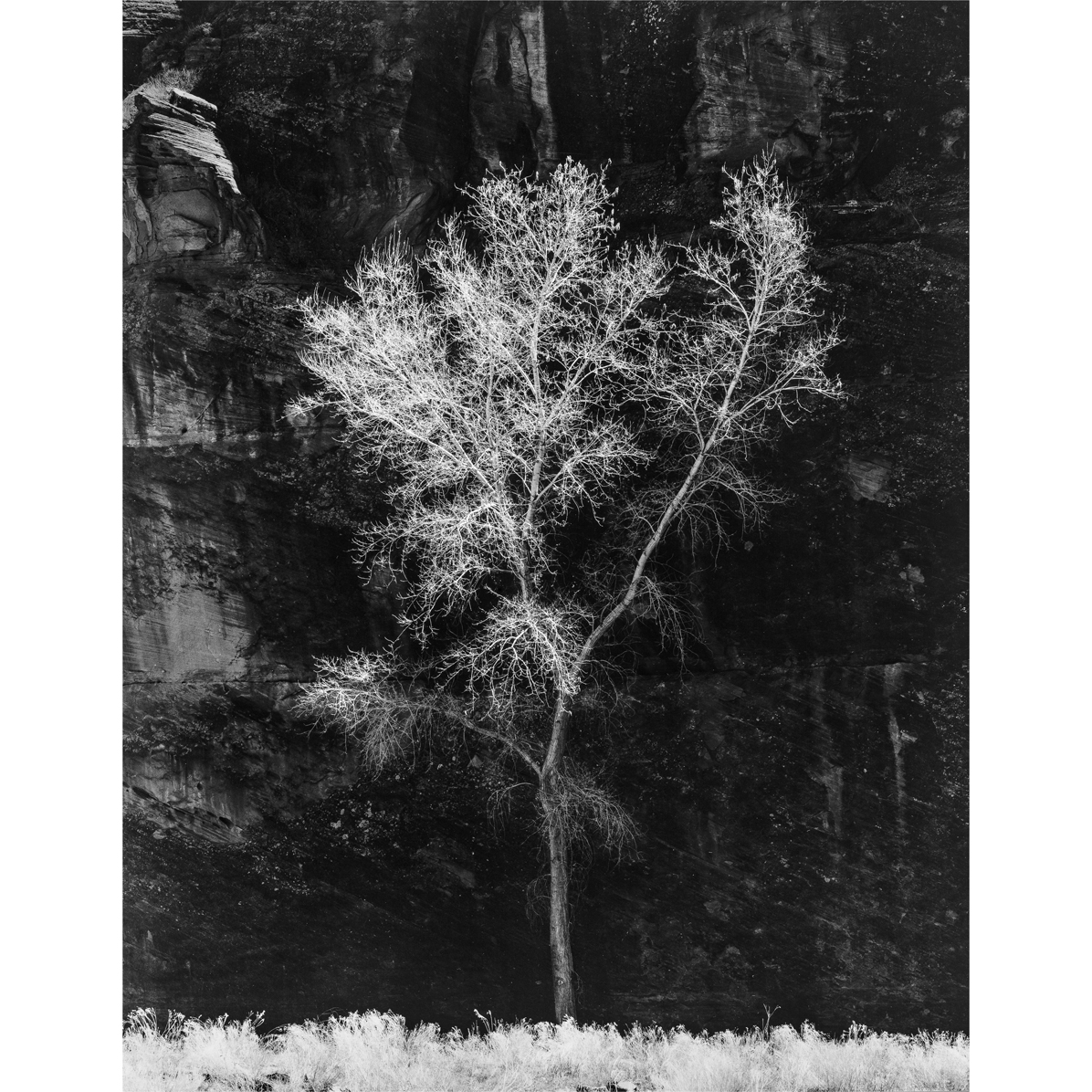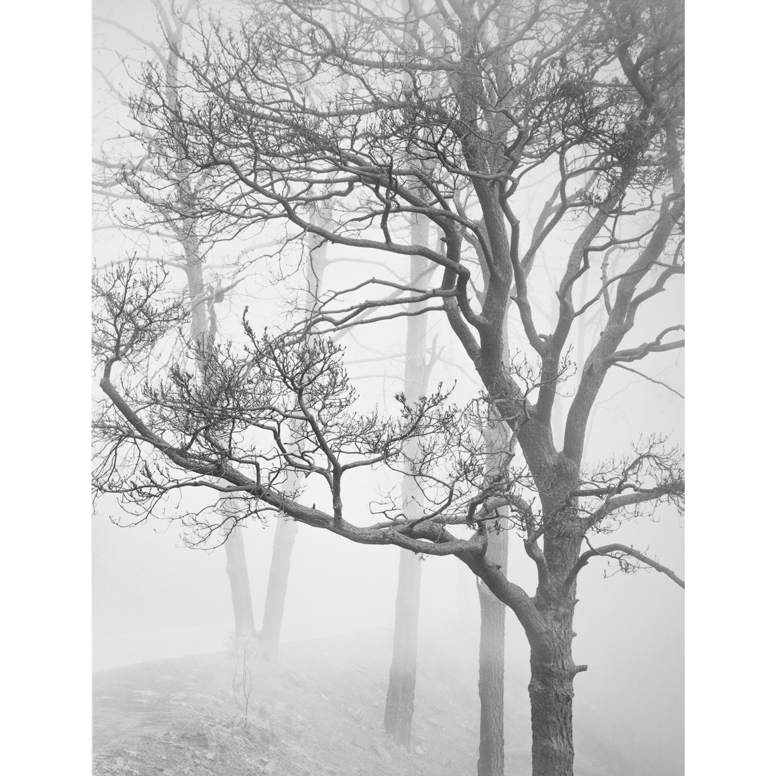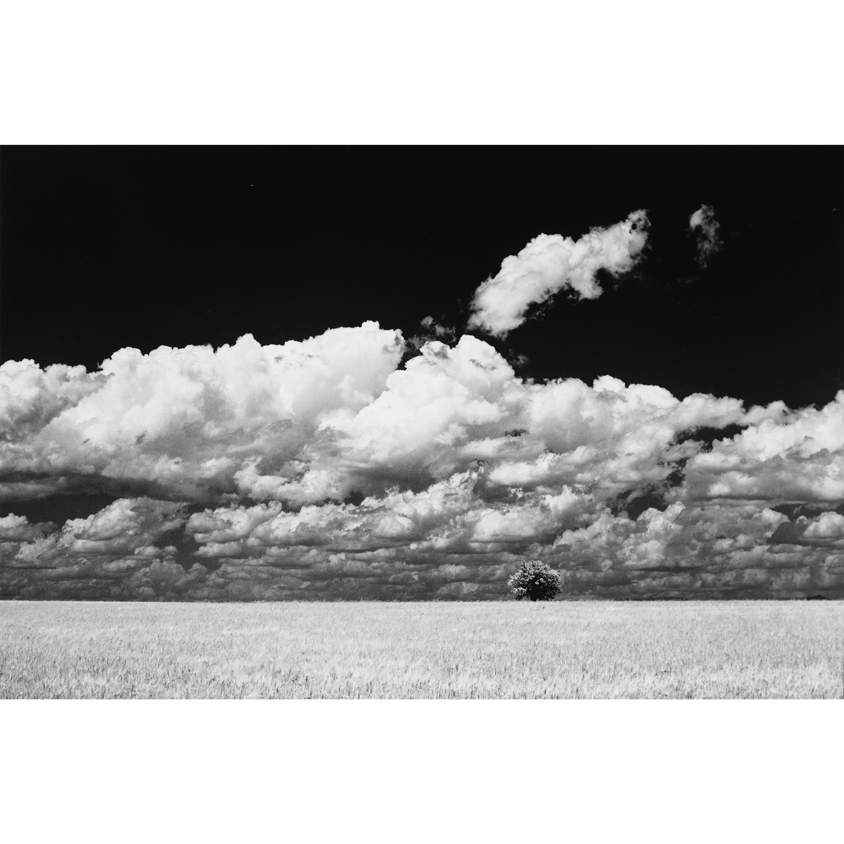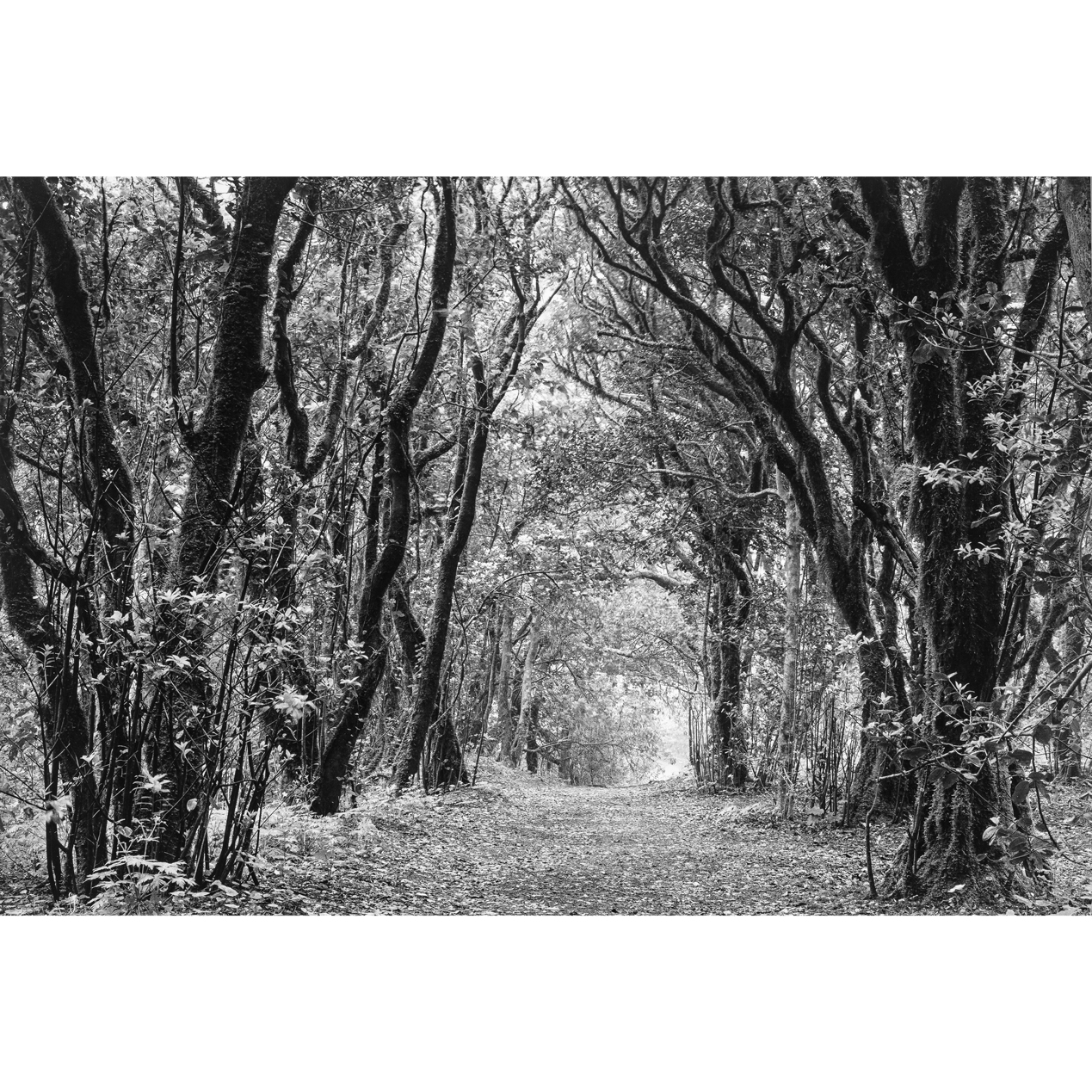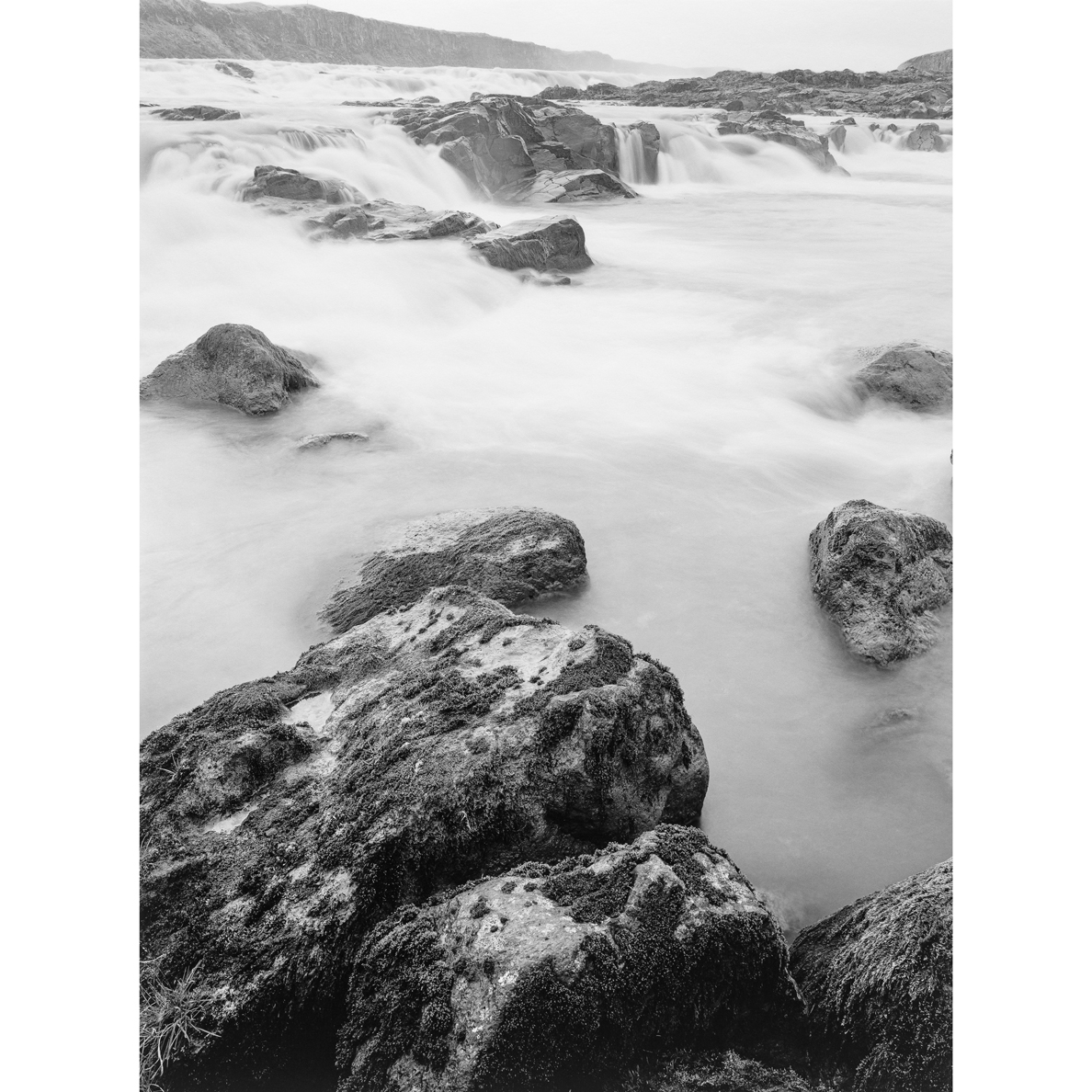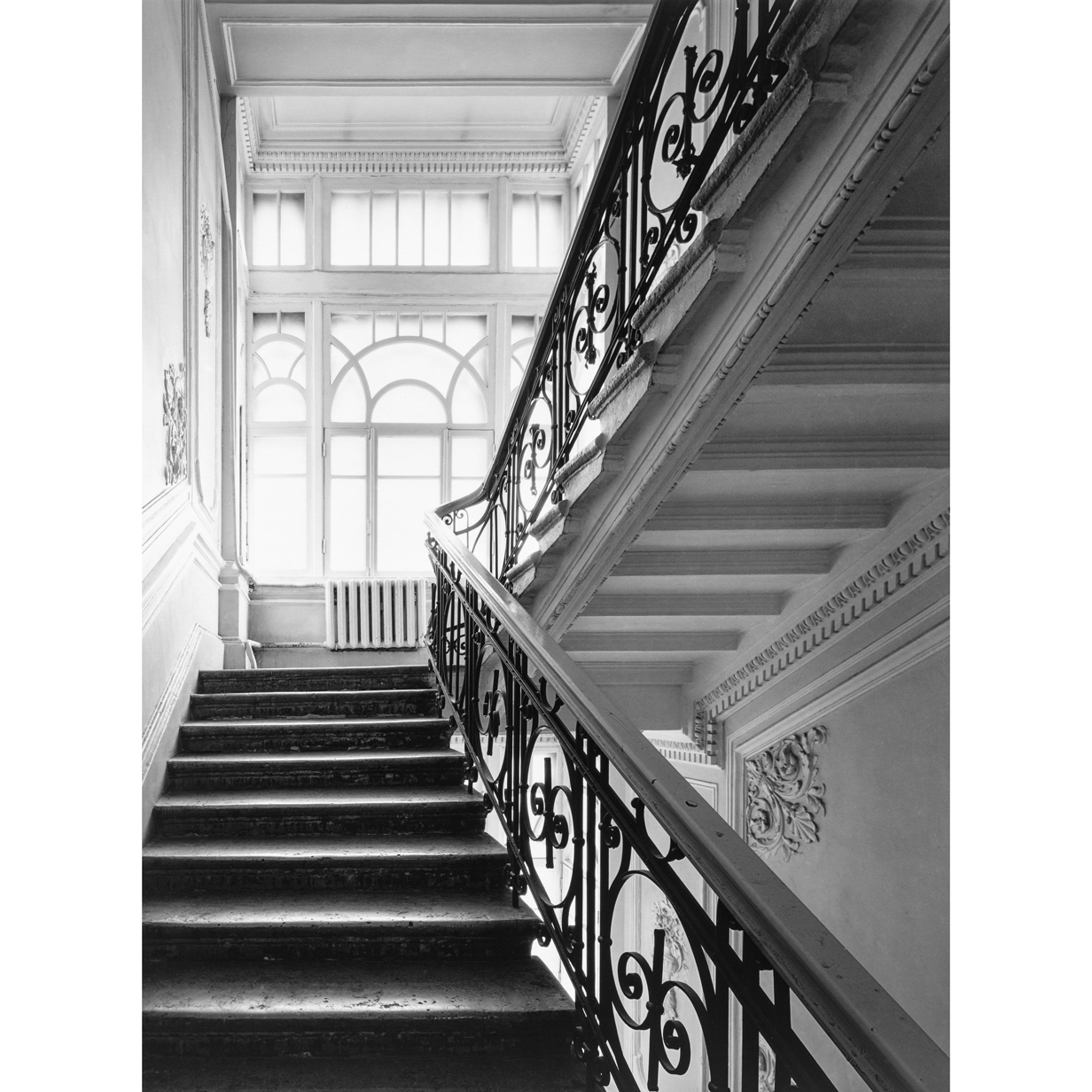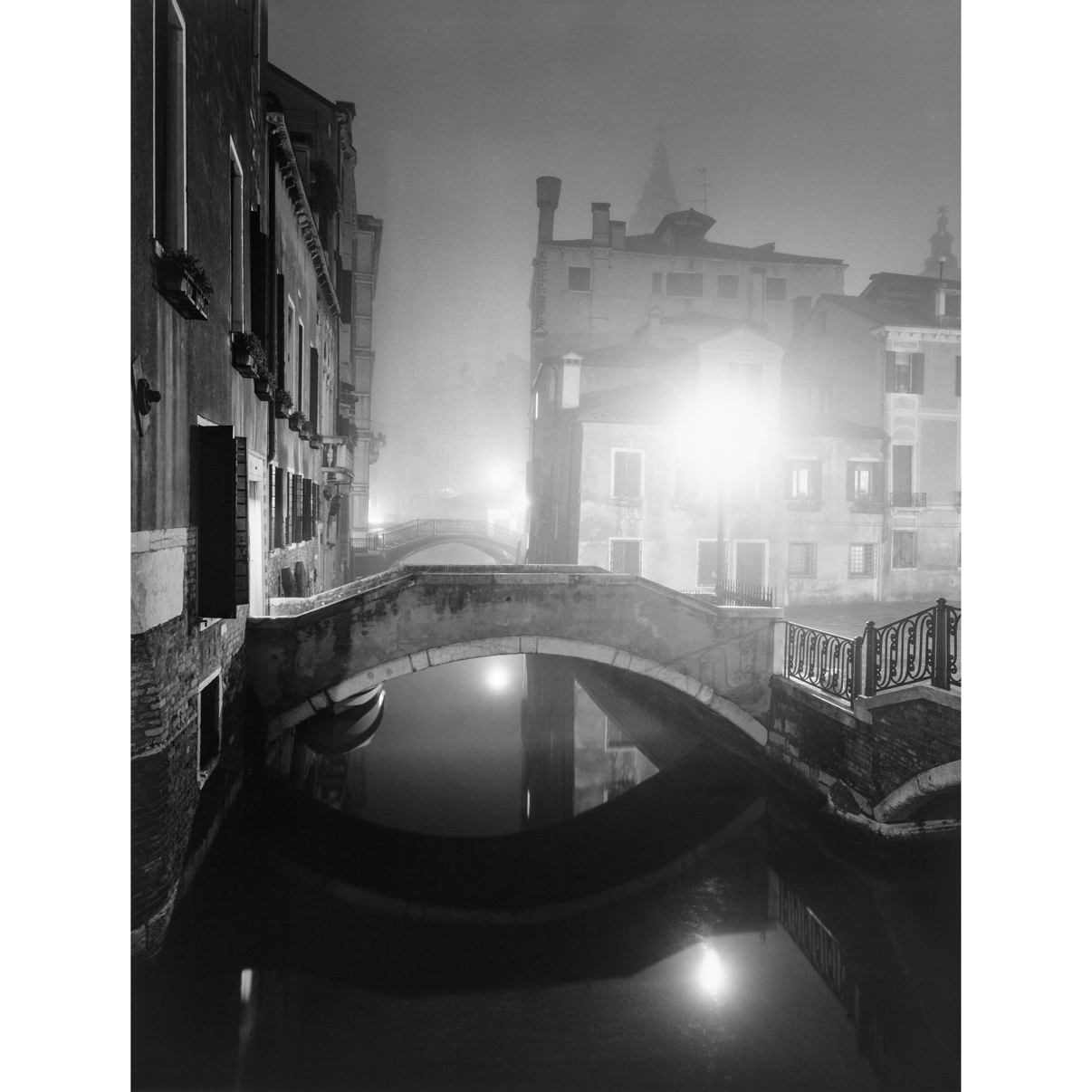In Focus Max Bedov Posted On 22nd October 2020 To Magazine & In Focus

As well as being a photographer and darkroom printer, our 27th 'In Focus' interviewee Max Bedov also custom makes darkroom equipment based on his years of experience.
Background
Share your favourite image / print shot on ILFORD film and tell us what it means to you?
This frame was taken in Provence on Ilford film Delta400 exposed as 640. Generally I am not keen on an astrophotography but this particular shot is very memorable to me for a several reasons.
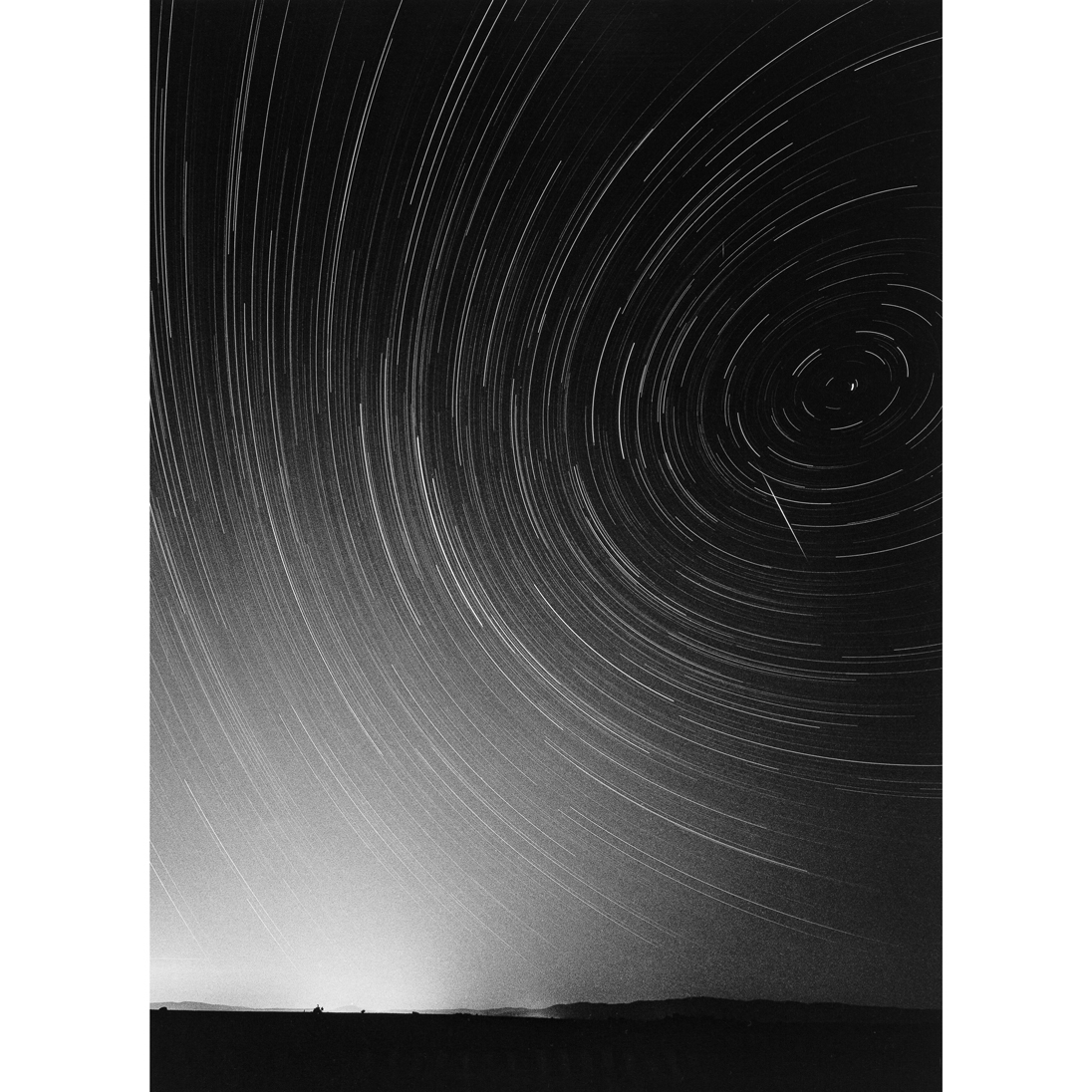
2016 -Alpa SWA 6x9 -DELTA 400 -Provence - MGFB Classic 1K
Firstly, it was shot in complete darkness. It was so dark at the time of filming that if you look into the distance for 10 minutes you still won’t see anything. Luckily this was not an issue for the Delta 400. Secondly, when I was taking the picture I intentionally tried to catch the ecliptic point into the frame to show the galaxy’s axis. Looking at this print, you begin to understand that our galaxy is just a grain of sand in the endless space. This impression is growing stronger as you gaze a few meteors accidentally appeared in the scene.
Just in case anyone doesn’t know who you are or what you do can you give us the overview?
I’m a photographer using large format cameras for most of my work. I follow a classical American photography method. This means that every step from shooting to creating traditional silver gelatin prints including retouching is is done by me.
- 2016 – Arca Swiss 4×5 – Zabriskie point USA – MGFB Classic 1K
- 2016 – Arca-Swiss-4×5 – Antelope canyon USA – MGFB Classis 1K by Max Bedov
- 2016 Arca Swiss 4×5 – Reservation Navaho USA – MGFB Classic 1K
How and why did you get started shooting film?
I made my first serious shots as a first-year university student. Shortly after that my very first darkroom was set up. Studying the “painting restoration” where each step requires a photographic recording I had to do it all the time. I couldn't afford a professional photographer so I had to learn this new subject on my own. This is how I fell in love with a traditional photography.
Who has been your biggest photographic inspiration to date?
Once upon a time I was lucky enough to attend an exhibition of American classical photography in Moscow. Where, for the first time I saw great works by legendary Ansel Adams, both Westons, John Wimberly, John Sexton. The works of Sexton impressed me most, even being surrounded by more famous masters of the medium.
It would seem that the subject of this photographs was rather simple. In reality its been a perfect simplicity in everything – light, composition, right balance between contrast and exposition and tonal range.
Before I visited this exhibition I had been quite pleased with my own works. But when I saw a breathtaking photographs of the great masters I realized I was just at the very beginning of my journey
- 2020 Arca Swiss 4×5 Gran Canaria MGFBWT 1K
- 2020 Arca Swiss 4×5 -Gran Canaria -MGFBWT 1K
- 2020 -Arca Swiss 4×5 – Gran Canaria MGFBWT1K
What is the best piece of photography tip or advice you have ever received?
There is a very handy device for large format photography that John Sexton shared with me which is a simple piece of cardboard that helps you decide on the composition of your photos. It’s simply a cardboard rectangle that is about 10x12cm with a small hole around 4x5cm in the centre. I use it to help visualise the composition of the photograph I’m about to take and to decide whether to install the camera or not.
It’s wonderfully simple and extremely useful. According to Sexton, the great Ansel Adams almost never let a similar device out of his hands.
The most valuable lesson I learned in the darkroom is, of course, using the pin registered system. Once you start working with it you realise that it opens up endless possibilities. I strongly believe that without using this system you cant print anything really worthy. Currently, I use the pin system for almost a 100% of my photos.
- 2019 – Arca Swiss 4×5 – Tenerife – MGFB Classic 1K
- 2016 – Arca Swiss 4×5 – Antelope canyon USA – MGFB Classic 1K
- 2019 Arca Swiss 4×5 -Tenerife – MGFB Classic 1K
What film photography related projects are you currently working on (or are in the pipeline)?
During this very difficult time, like most of us, I am deprived of the opportunity to travel and working with old negatives and some craft projects. For example, I’ve just created a working prototype of a retouching machine for large format negative. In addition, I am preparing material for the series with the current title “Portfolio #2: Islands” where I plan to include prints of the amazing islands of the Canary archipelago.
What / where is your next shoot and how do you decide what film / kit you will use?
Probably it will be a mountainous forest, as you barely can find any place better for a good landscape.
I am going to take an Arca Swiss 4x5 inch camera, currently this is my main camera, and in 99% of cases I shoot on it, (it has geared tilt, which is incredibly convenient for the landscape,).
- 2019 Arca Swiss 4×5 Tenerife MGFB Classic 1K
- 2020 Arca Swiss 4×5 Gran Canaria MGFB Classic 1K
- 2015 Arca Swiss 4×5 Venice Italy MGFB Classic 1K
It will probably be my standard optics set: 90-135-210-350 mm, about ten wooden cassettes Chamonix (I like them more than any plastic ones, because they do not electrify and do not magnet dust), Light meter, Tripod RRS (with equal rigidity it is lighter and more grippy than any other manufacturer's tripod), backpack Zpacks with custom insert for photo equipment (these backpacks have a frame structure with a huge number of settings and adjustments, and at the same time they are incredibly light, just about 600 grams), plus numerous little things that you need to shoot on a large format.
In most cases, I used Fuji Acros sheet film, exposed as 80iso. Unfortunately, it is no longer produced, and as soon as my stocks will come to an end, I will look for a replacement for it, most likely it will be the Ilford Delta 100.
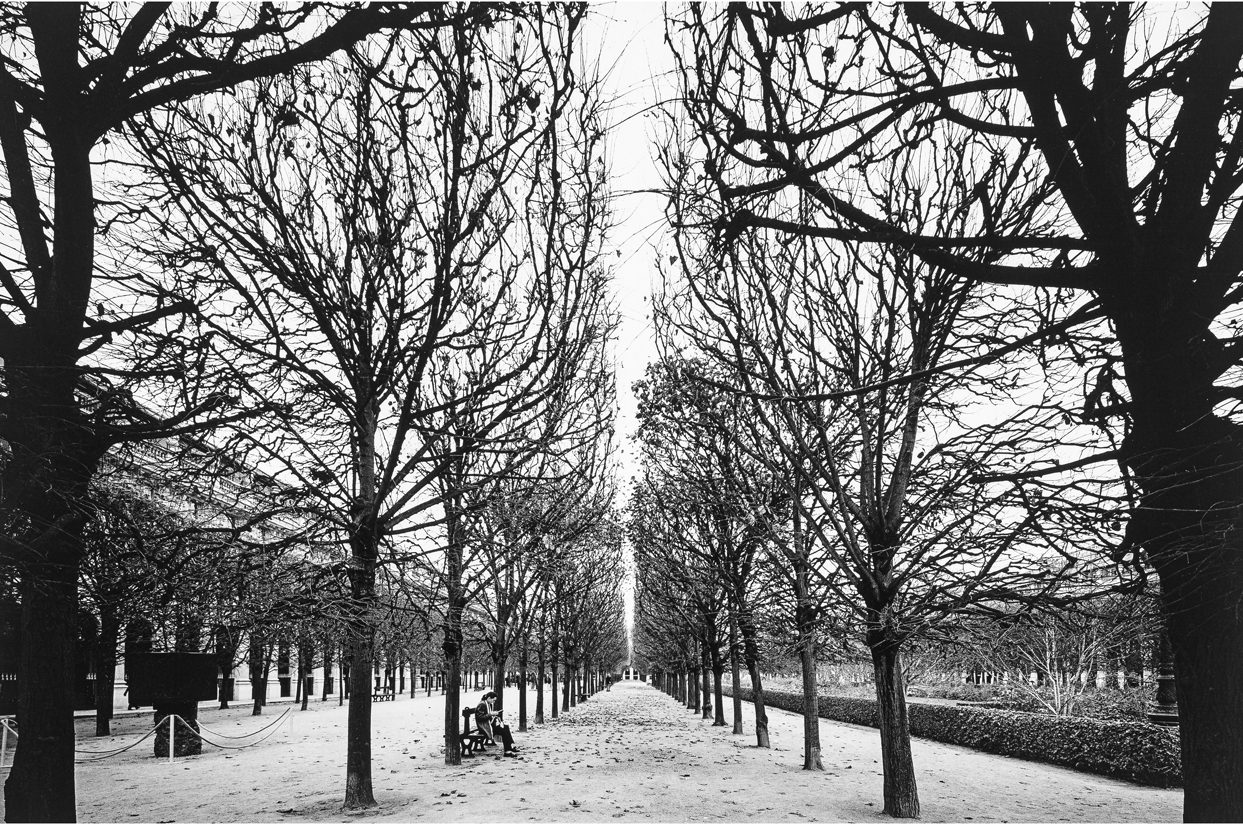
2014 Alpa-SWA-6x9.-Palais-Royal-Paris - Delta400 - MGFB-Classic-1K,
What are your photographic goals going forward? (Can be business or personal).
I am thinking of my passion for photography as a endless process. All the typical goals for beginners, such as to set up a prefect own darkroom or to have a personal exhibition, have already been achieved. At the moment I enjoy the process itself and my goal is to keep going without stopping.
- 2016 Linhof Technikardan 4×5 – Iceland – MGFB Classic 1K
- 2015 Alpa SWA 6×9 – Marburg Germany – MGFB Classic 1K
- 2016 Linhof Technikardan 4×5 – Iceland – MGFBWT1K.
Section 2 - Shout outs
We all need a bit of inspiration and love so this is your chance to tell the community about yours – from the film photographers whose work inspires you, the labs you trust with your film, your ‘go to’ film photography stockists, your favourite community darkrooms or just anyone in the community who you feel deserves a special mention.
Give a shout out to your 3 favourite film photographers (not photography hubs) currently active on IG or Twitter and briefly tell us why others should follow them.
John Sexton: https://www.instagram.com/johnsextonphoto/
A brilliant person, friend and associate of Ansel Adams whose works is the best example of perfect prints to me. In 2017 I was lucky enough to meet John in person. Being globally recognized and acclaimed he is extremely knowledgeable , highly educated person in a field with the wonderful scene of humor. Most importantly he is in my opinion the best living printer in the world.
Anne Larsen: https://www.instagram.com/annelarsenphoto/
Her work impresses with its precision and accuracy, attention to the every detail, and absolutely unexpected technique.
Vadim Levin: https://www.instagram.com/vlevin1963/
Vadim Levin – large format photographer and printer. He focuses primary on portraits. His team and he are traveling all over the world taking portraits of people of tribes and minorities in a very remote parts of our planet such as Papua New Guinea, Myanmar, North of Russia etc. The quality of Vadim’s print is really great
- 019 Arca Swiss 4×5 Tenerife MGFB Classic 1K
- 019 Arca Swiss 4×5 Tenerife MGFB Classic 1K
Give a shout out to your favourite photography YouTube channels (apart from the @ilfordphoto one).
https://www.youtube.com/user/Mamanton14
Anton Ivanov, a wonderful photographer, climber and just a good person. Carrying a large format setup uphill is already an achievement, but to shoot in severe weather conditions, with a lack of oxygen and all the attendant difficulties, is a double achievement.
Give a shout out to your favourite photographic retailers (name, location and website).
This is the main supplier of photographic materials and photochemistry in Moscow
The best Russian shop for a new and used photographic equipment
https://www.silverprint.co.uk/
If for some reason you can’t find some items in Russia, I would recommend this online shop.
- 2015 Alpa SWA 6×9 Vienne Austria MGFB Classic 1K
- 2020 Arca Swiss 4×5 Gran Canaria MGFB Classic 1K
- 2016 Arca Swiss 4×5 Venice Italy MGFB Classic 1K
Give a shout out to your favourite lab service, if you have one, (name, location, website).
I do not use photo labs services, because I do everything myself. But if someone asks me for a recommendation, I’d definitely advise to visit
https://artoffoto.com/en/darkroom
- 2020 Arca Swiss 4×5 – Gran Canaria – MGFBWT 1K
- 2016 Linhof Technikardan 4×5 – Iceland – MGFB Classic 1K
- 2015 Arca Swiss 4×5 – Venice Italy – MGFBWT 1K
Section 3 - Favourite kit
What film cameras do you own and which is your favourite? (Please send us a picture of it if you can).
1) My main camera is Arca Swiss 4x5 inches, it is comfortable, compact, lightweight, and allows to use optics with any reasonable focal length, in my case it is from 65 to 450 mm.
2) My second favorite camera is the Alpa SWA, it's hard to call it a camera, it's rather an engineering masterpiece. My favorite focal length is 35 mm, it works out as a great wide-angle set with the ability to rise up to 25 mm.
3) A pair of Rolleiflex, standard and wide, excellent cameras, I use them mostly for home, family photography.
4) The Hasselblad XPan is a great camera for panoramic photography that has been laying in the drawer of the table since the time of my panoramic photography passion, but nevertheless I like it so much and I can't force myself to put it up for sale.
- 2020 Arca Swiss 4×5 Gran Canaria MGFBWT 1K
- 2016 Arca Swiss 4×5 Reservation Navaho USA MGFB Classic 1K
- 2020 Arca Swiss 4×5 Gran Canaria MGFBWT 1K
Aside from your camera, lenses and film what accessories make it into your camera bag?
Nothing special. Probably, I would take just a spare warm jacket, a decent thermos with tea and a bar of dark chocolate.
What is the best piece of photography kit you have found or been gifted?
I guess I would choose Pin registered system. If you are engaged in photography as an art, it would be really difficult for you to achieve a stable and predictable result without this gadget.
As this is an ILFORD interview it would be remiss of us not to ask about your favourite ILFORD products. Tell us you favourite ILFORD film, paper or chems and why?
The majority of my darkroom works is based on the Ilford products. My favorite photo paper I work with is the Ilford Multigrade classic. In case when I need to get a softer result with an emphasis on light tones, I use Ilford Warmtone glossy.
Sometimes, if it fits the subject, I use Ilford Art300. The developer: mainly Ilford Multigrade, it gives a stable and predictable result. In addition, it is fast enough, and together with Ilford Rapid Fixer, it allows significantly reduce a procession time. That is when you are deeply engaged in the interpretation of the subject, and do a large number of tests. Moreover, I almost always use the Ilford Selenium toner. If you use it correctly, it greatly expands the final D max of the print according to my experience I also use this toner in even higher concentrations when I need to increase the D max of the negative.
- 2016 Alpa SWA 6×9 – Provence – MGFBWT 1K
- Arca Swiss 4×5 – Tenerife – MGFB Classic 1K
And finally…
Nominate one other person you think should fill in this form and we will reach out to them
Vadim Levin: https://www.instagram.com/vlevin1963/
- 2016 -Linhof Technikardan 4×5 – Iceland – MGFB Classic 1K
- 2015 – Arca Swiss 4×5 – Saint Petersburg – MGFB Classic 1K
- 2015 – Arca Swiss 4×5 – Venice Italy MGFB Classic 1K
All images ©Max Bedov
About The Author

Max Bedov
My name is Maxim Bedov and I was born in Russia and have been practicing silver-gelatin photography for more than 20 years.
After initially received a classical art education in the specialty «Restoration of Painting» I took a course «Darkroom advanced technique» from the legendary John Sexton in Carmel, California, USA.
In 2019 I had my first solo exhibitions in Moscow and St. Petersburg.
In addition, I give workshops and individual classes for photographers who want to improve their technical skills in a darkroom. I offer a some unique custom made darkroom equipment such as Pin registered system, washers for sheet film, contact frames, film retouching machines. All this stuff were designed and made by myself based on a long time experience.
Find me on Instagram https://www.instagram.com/maxbedov
My website https://maxbedov.com/ru/
On Facebook https://www.facebook.com/maxbedov







